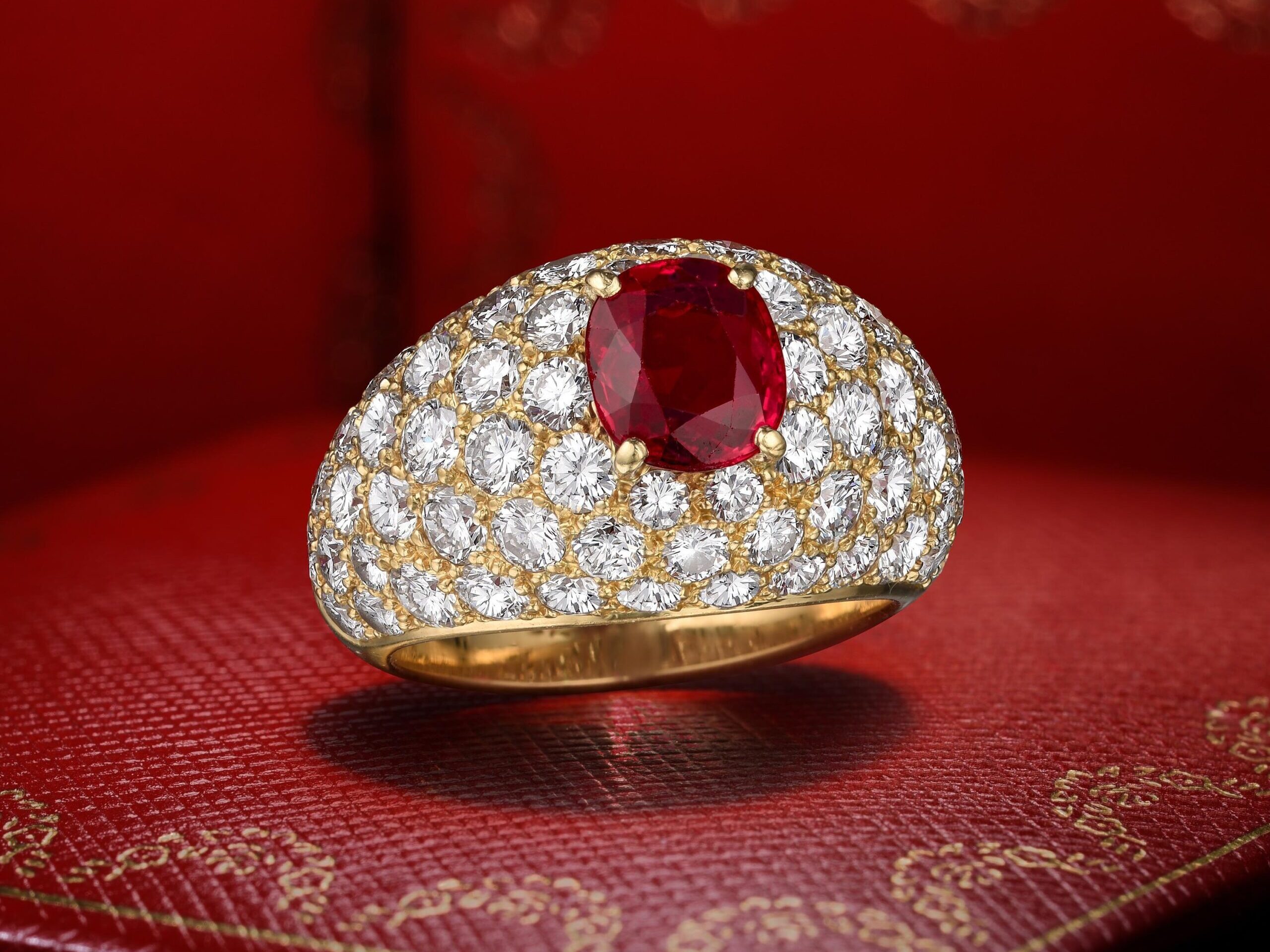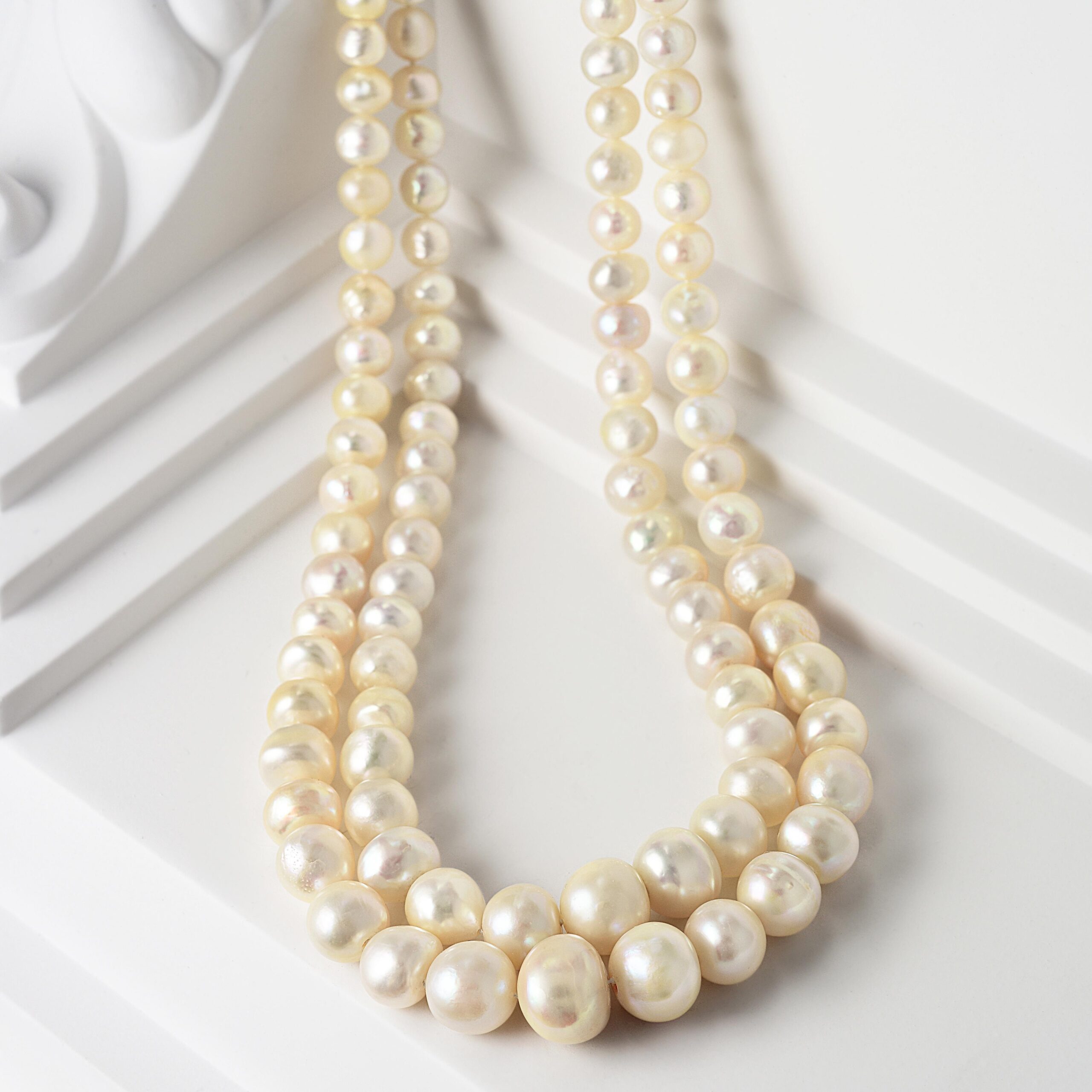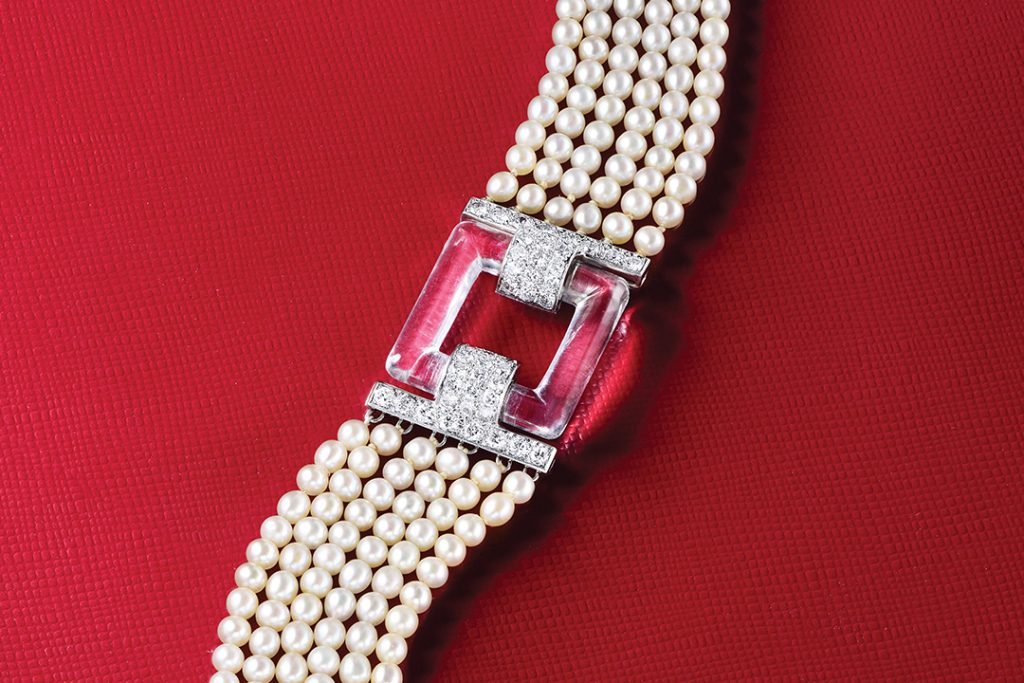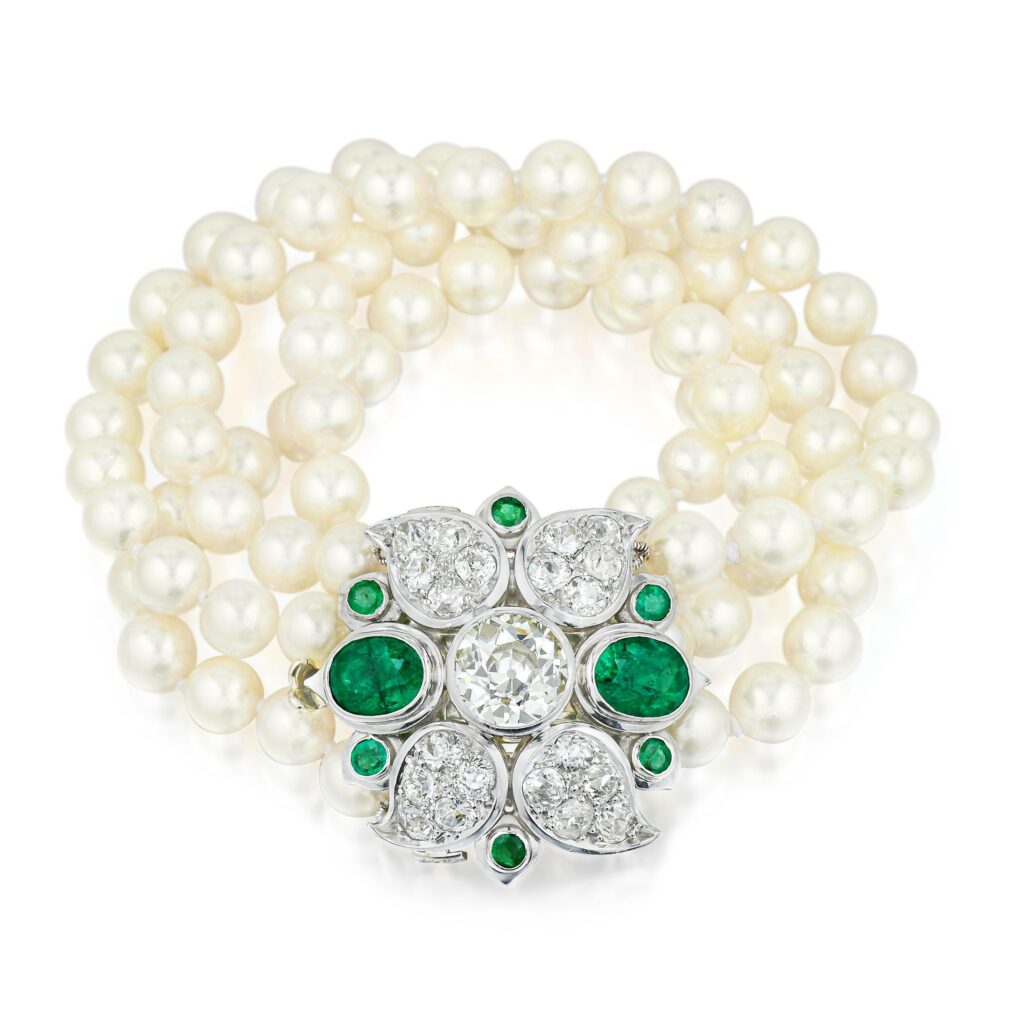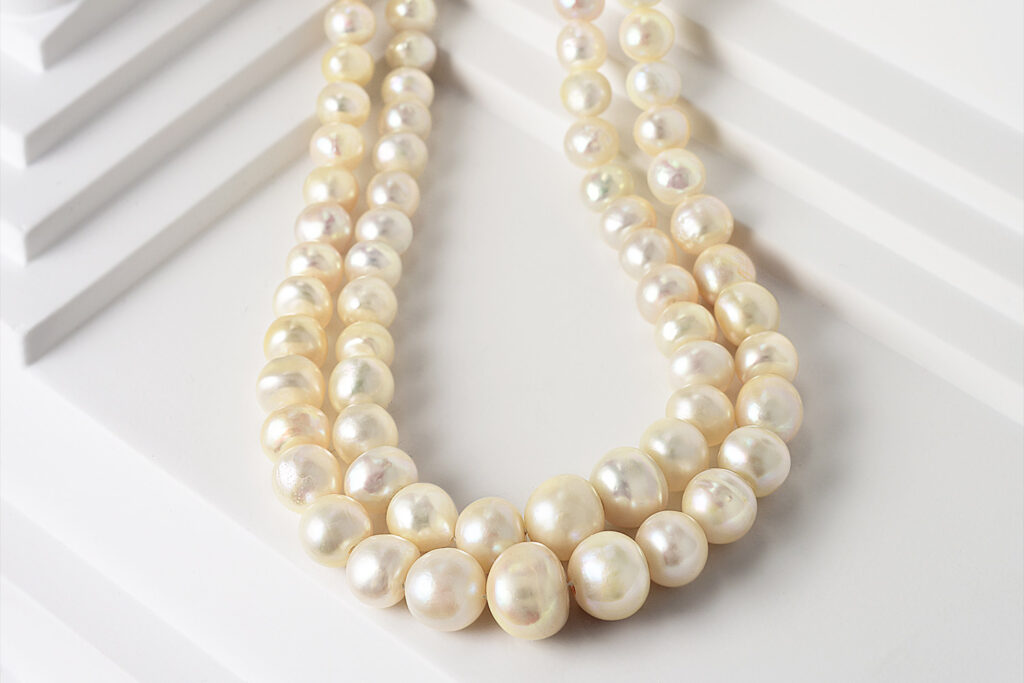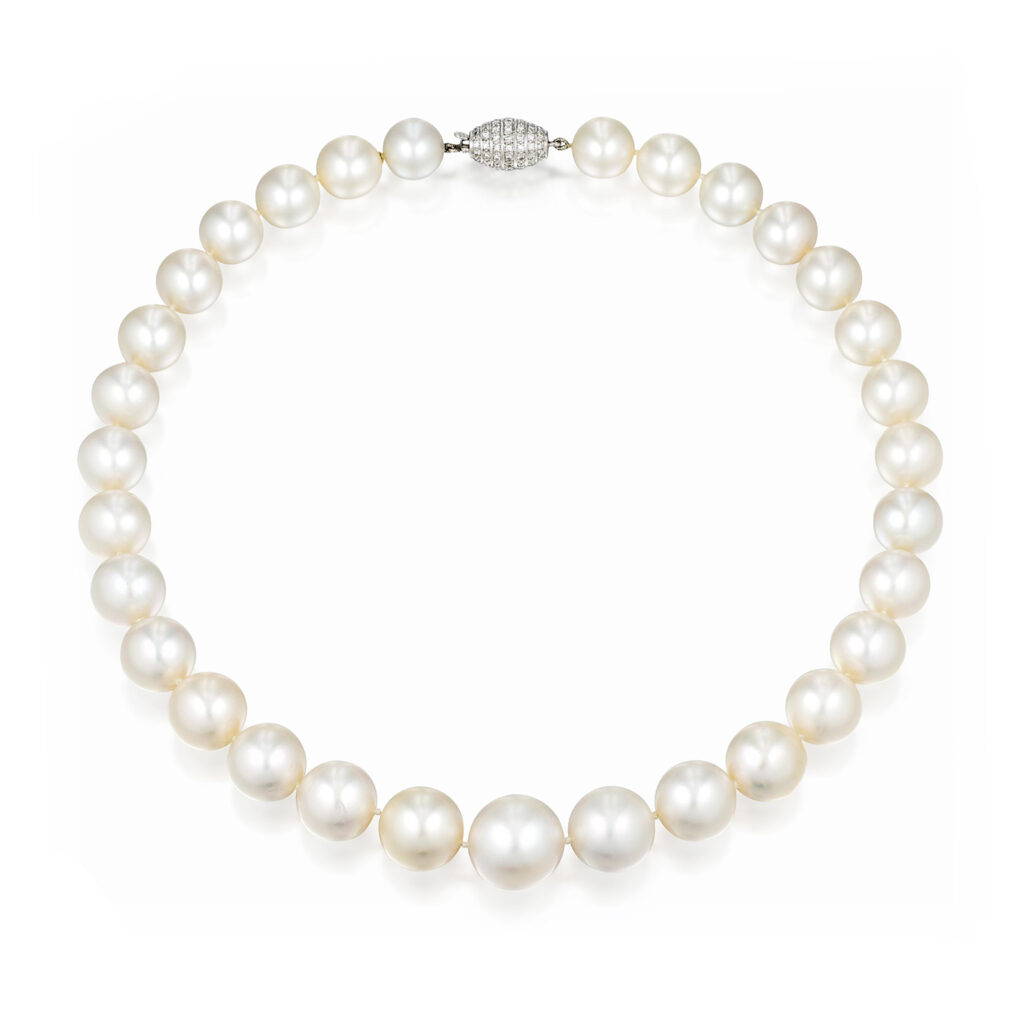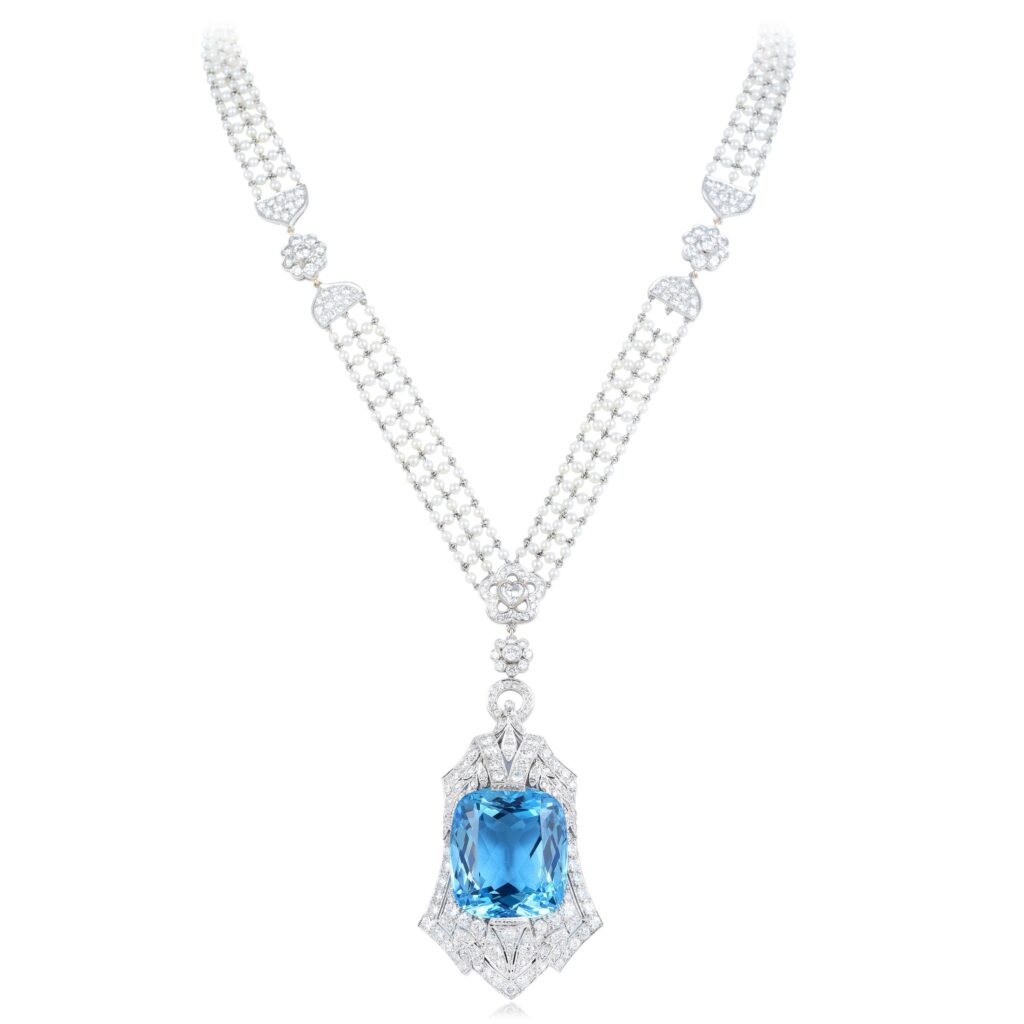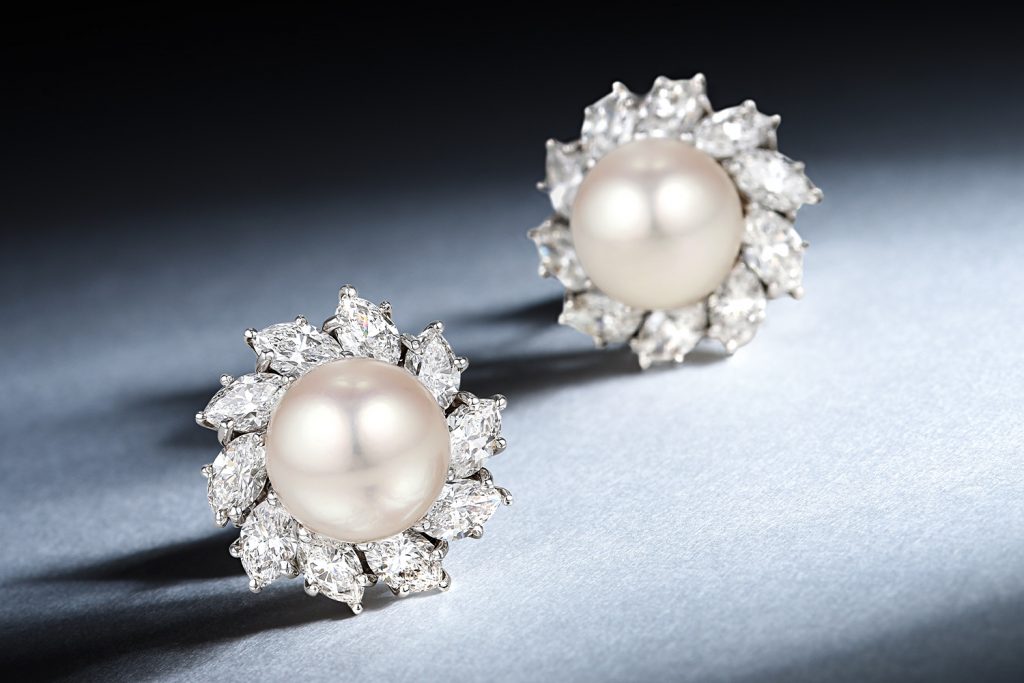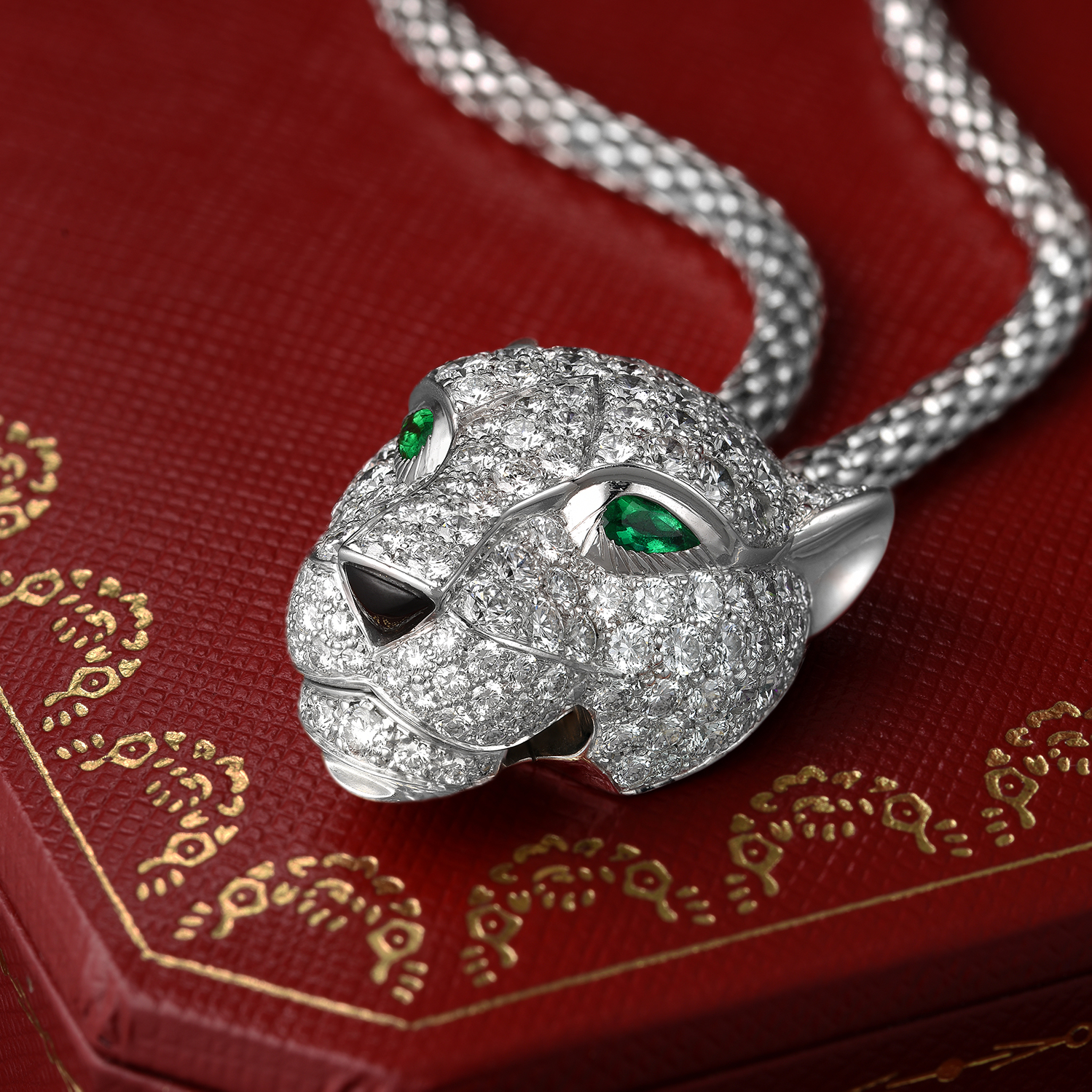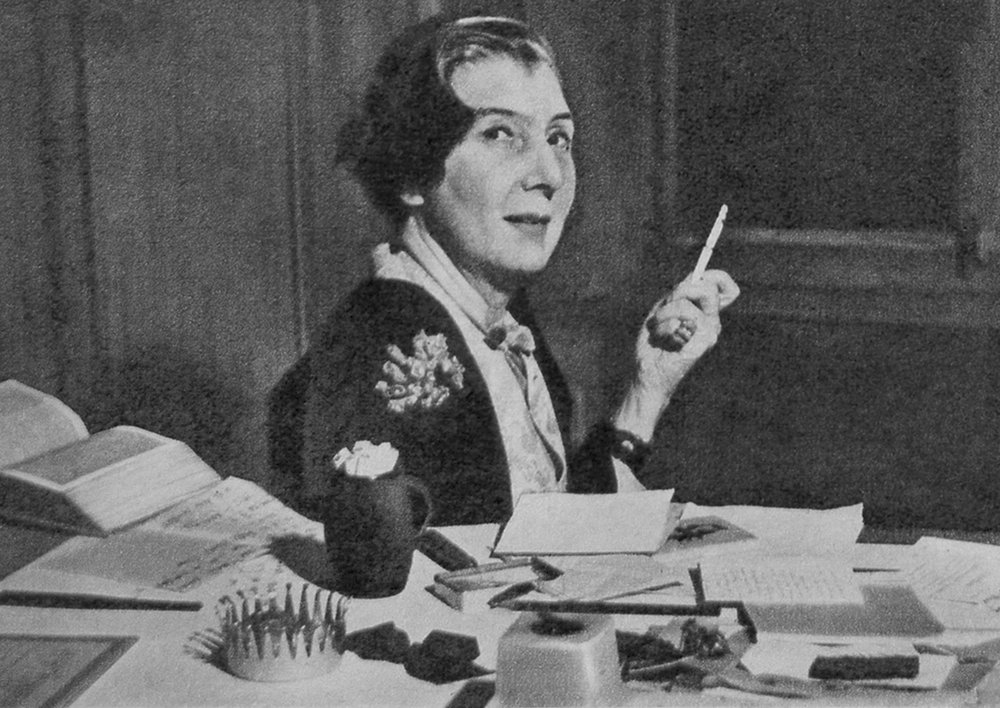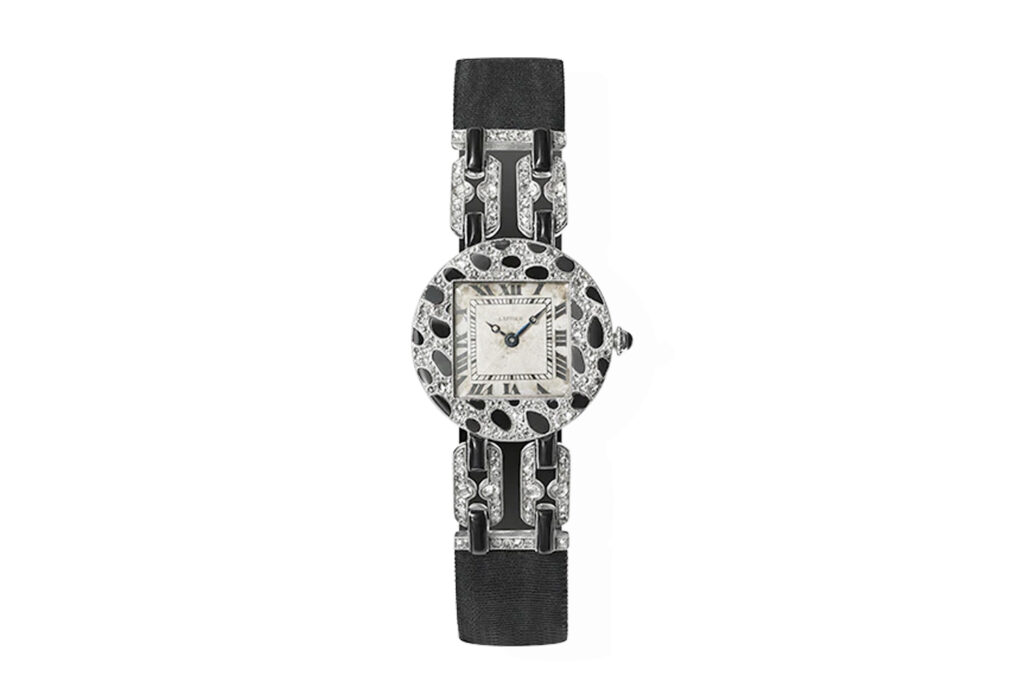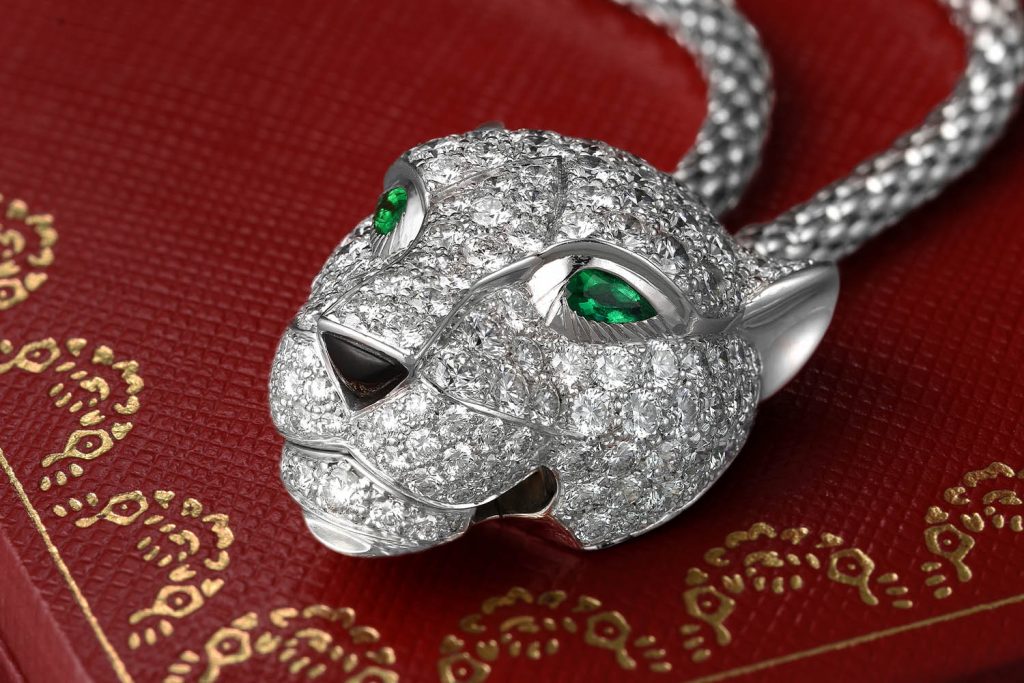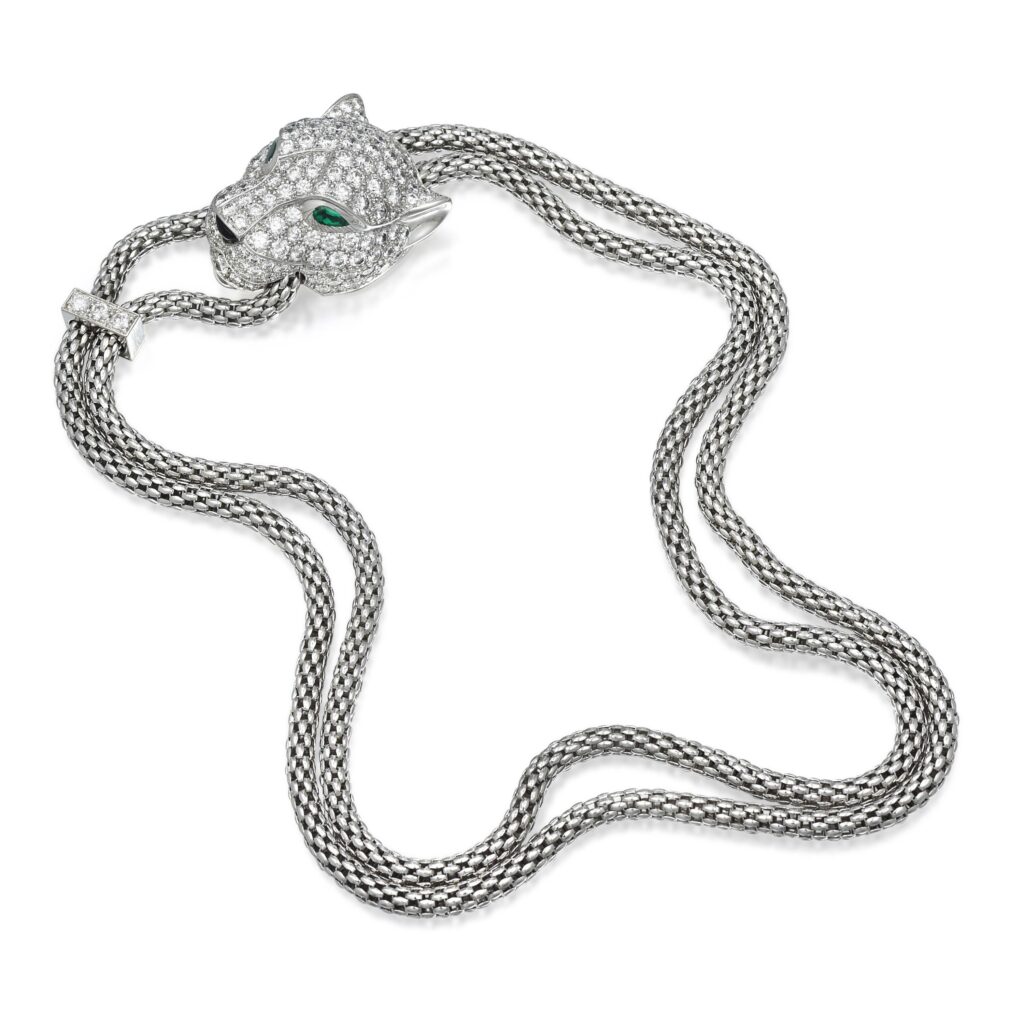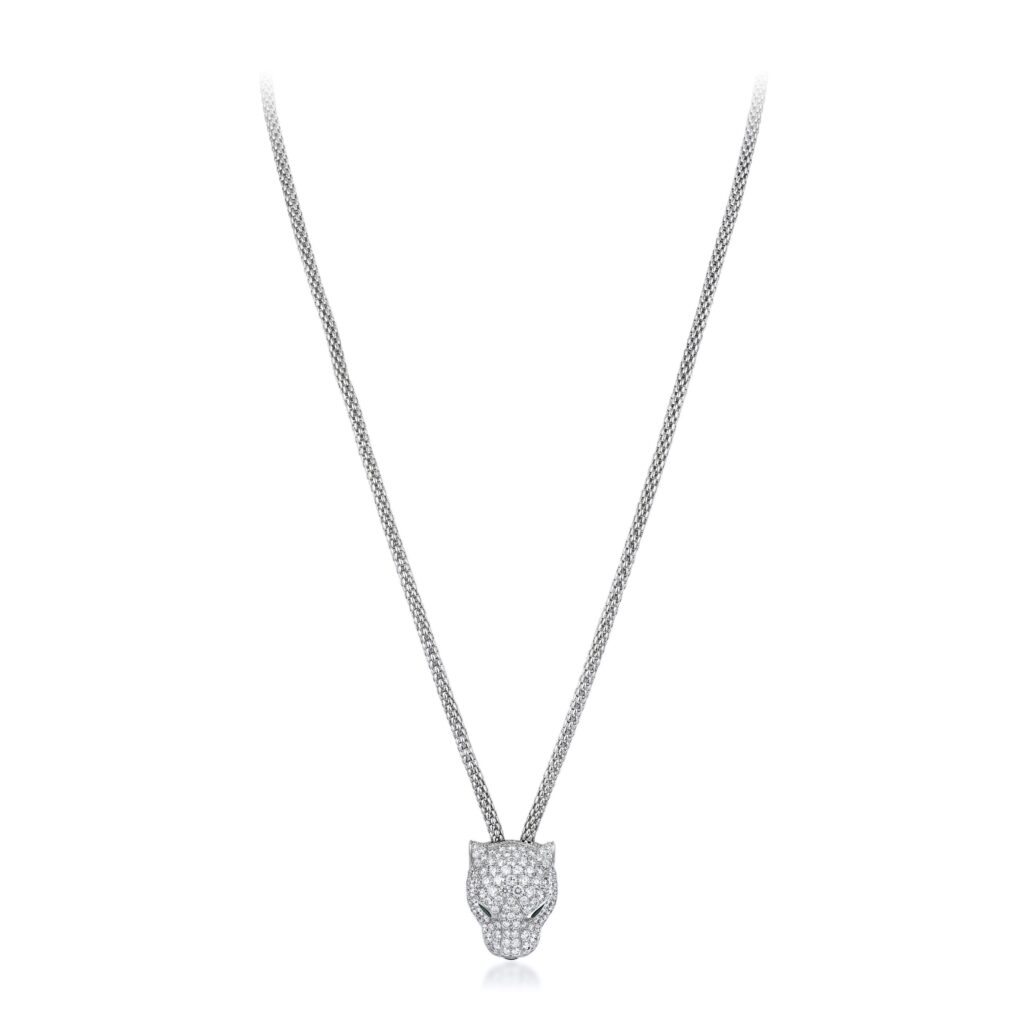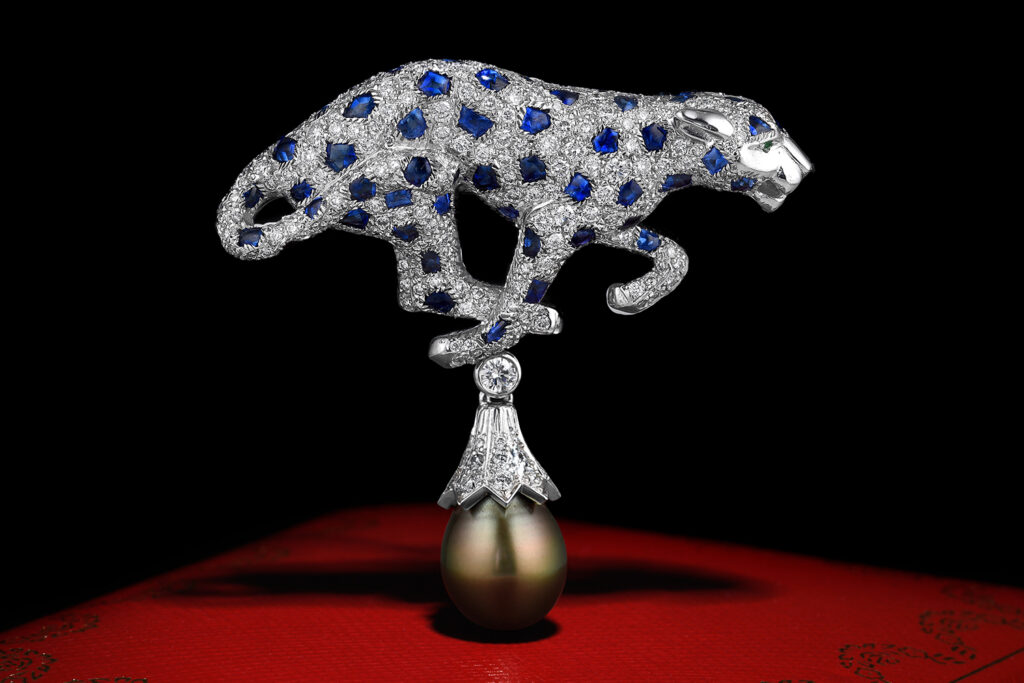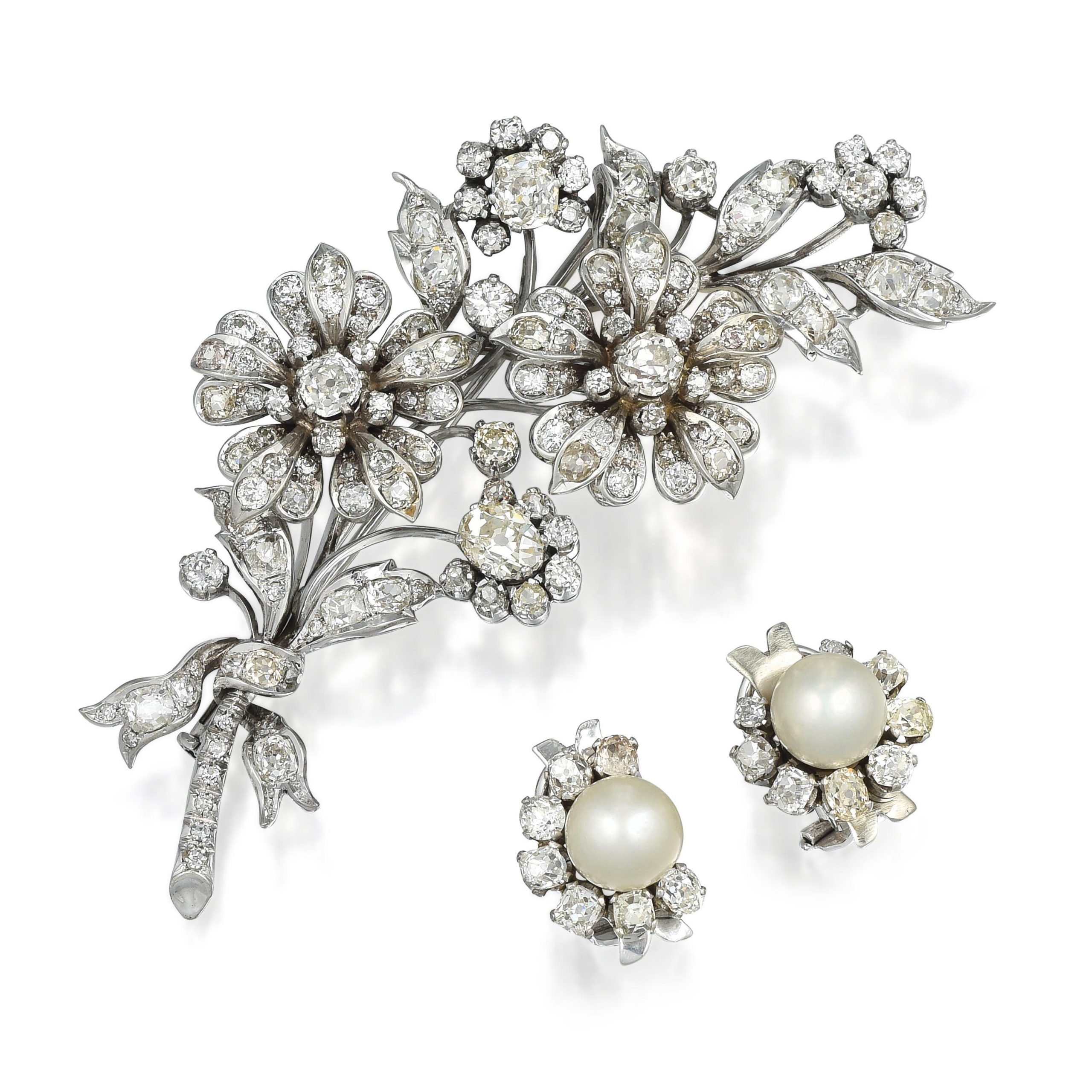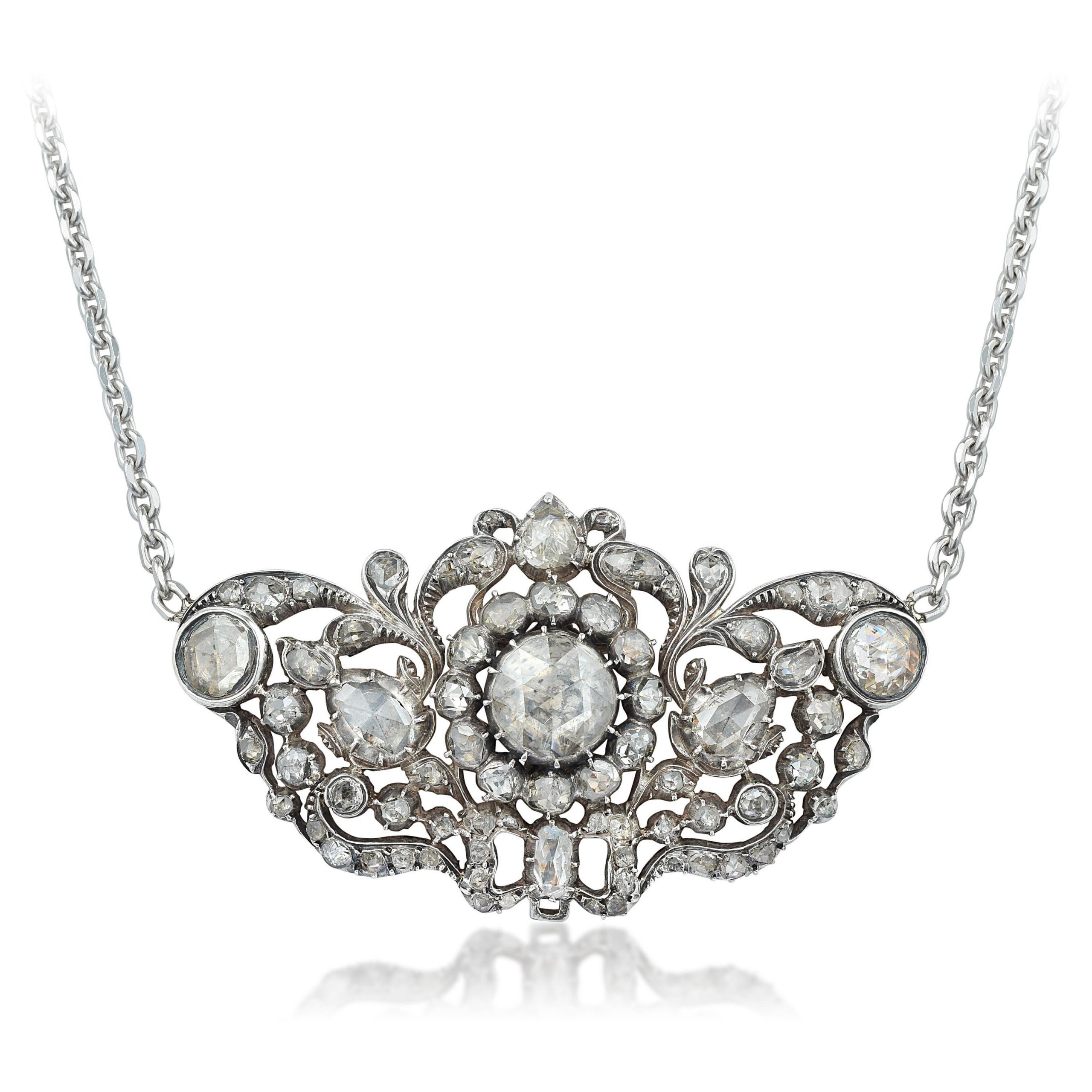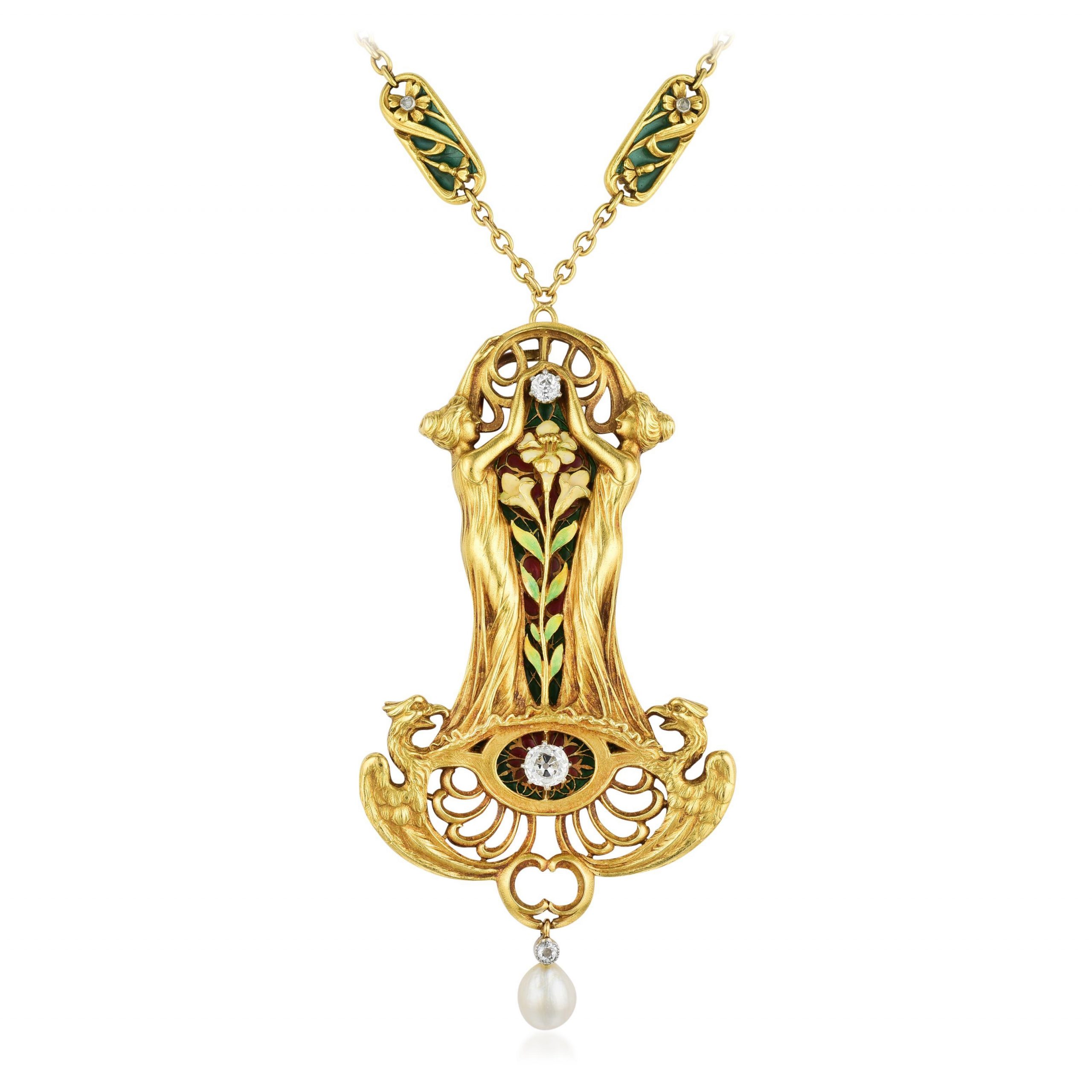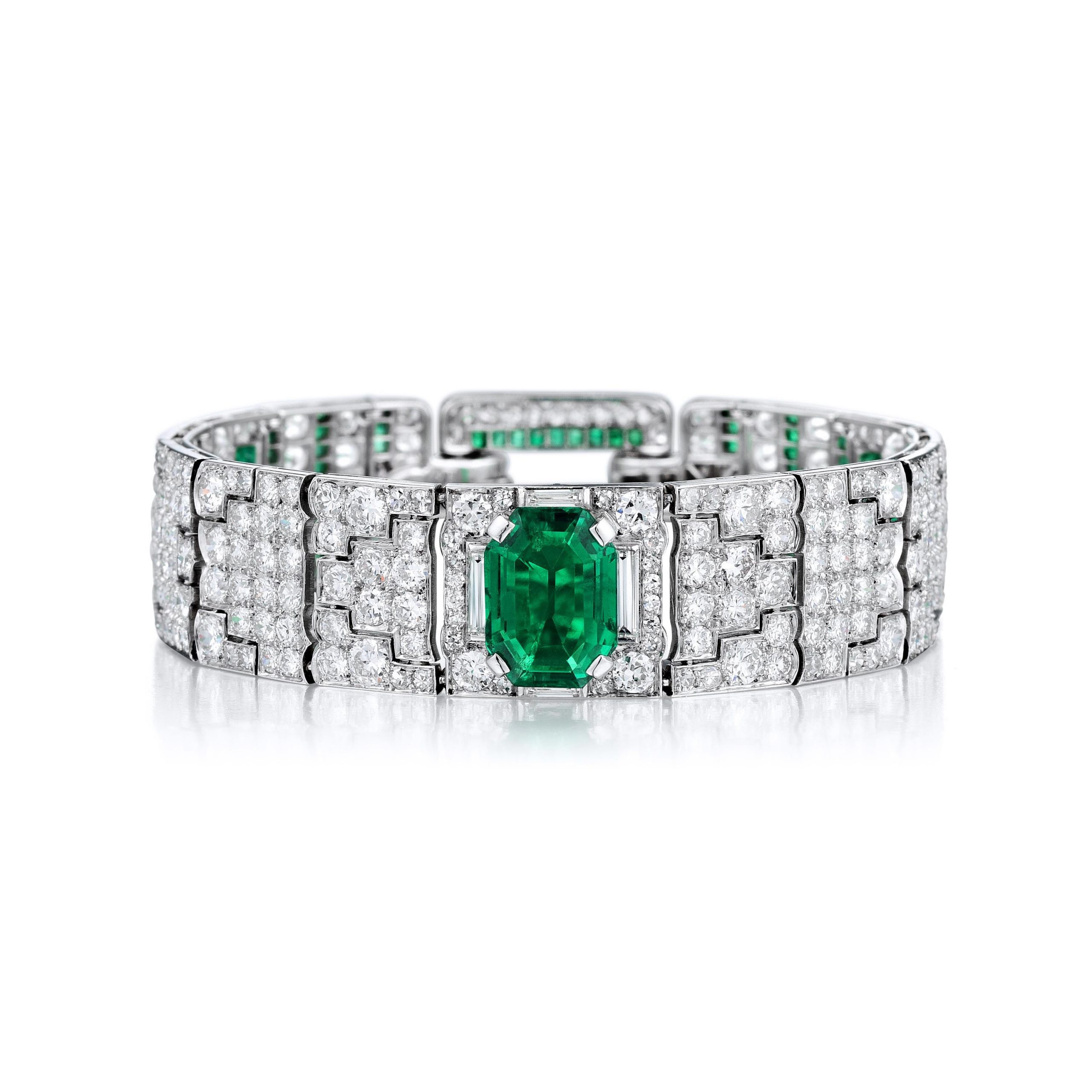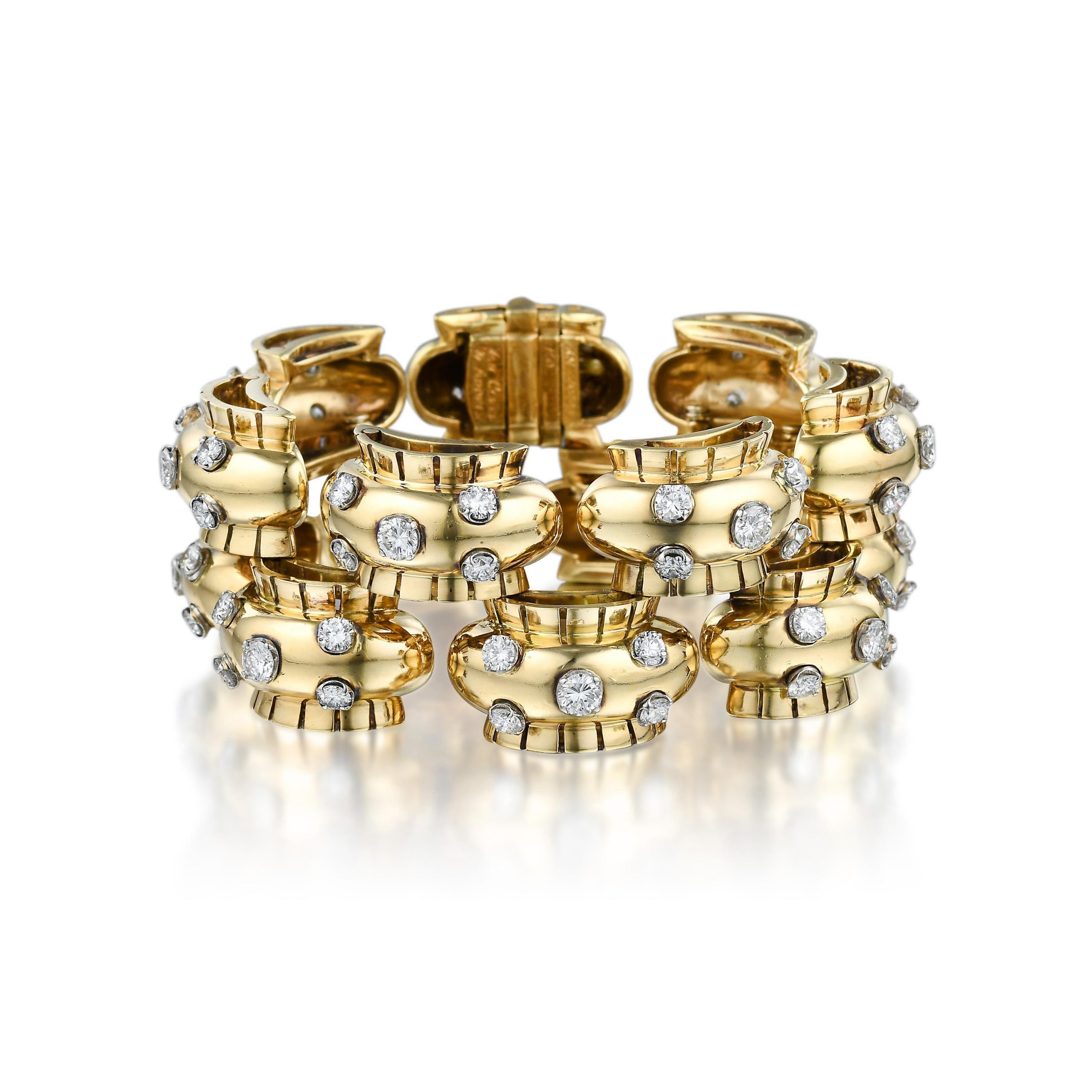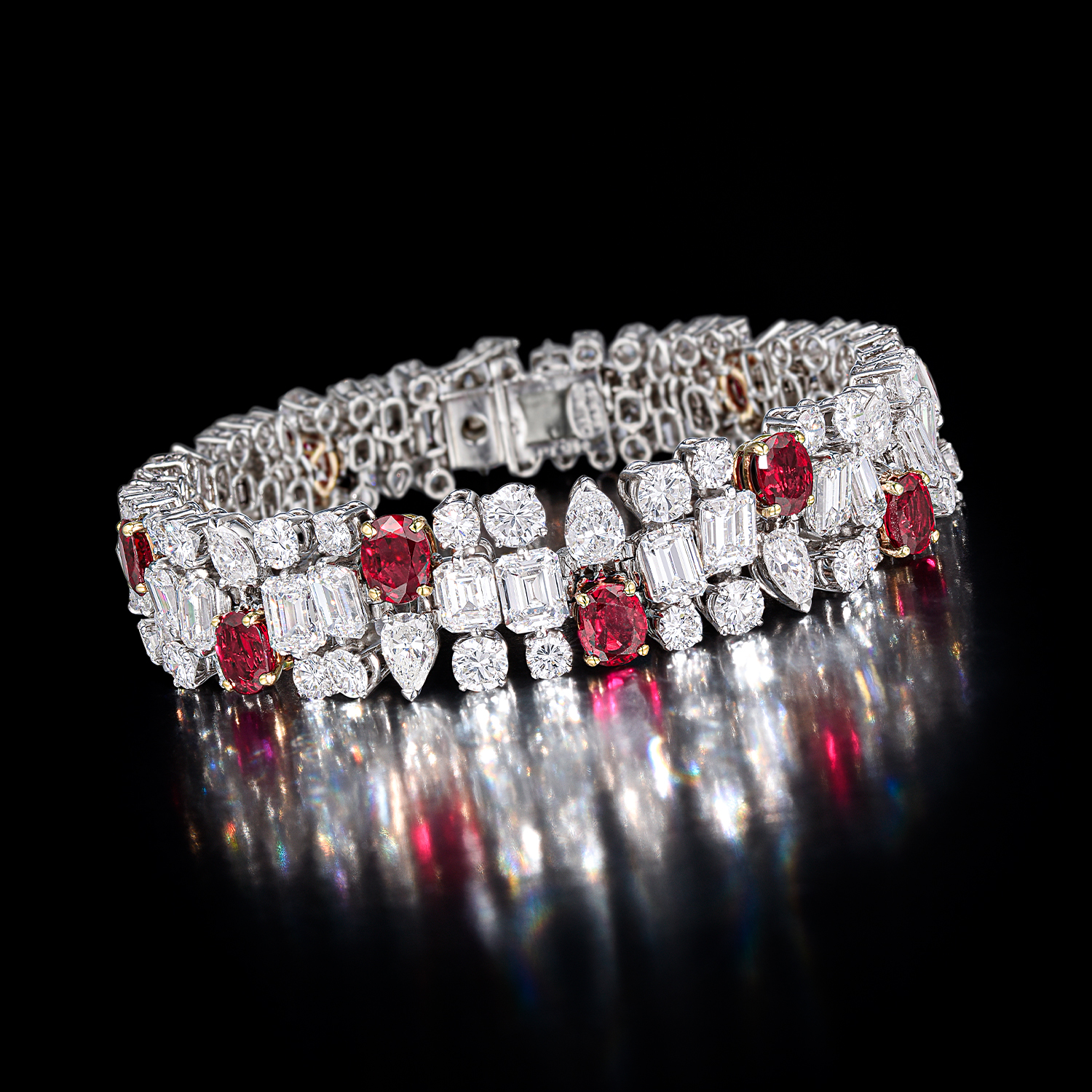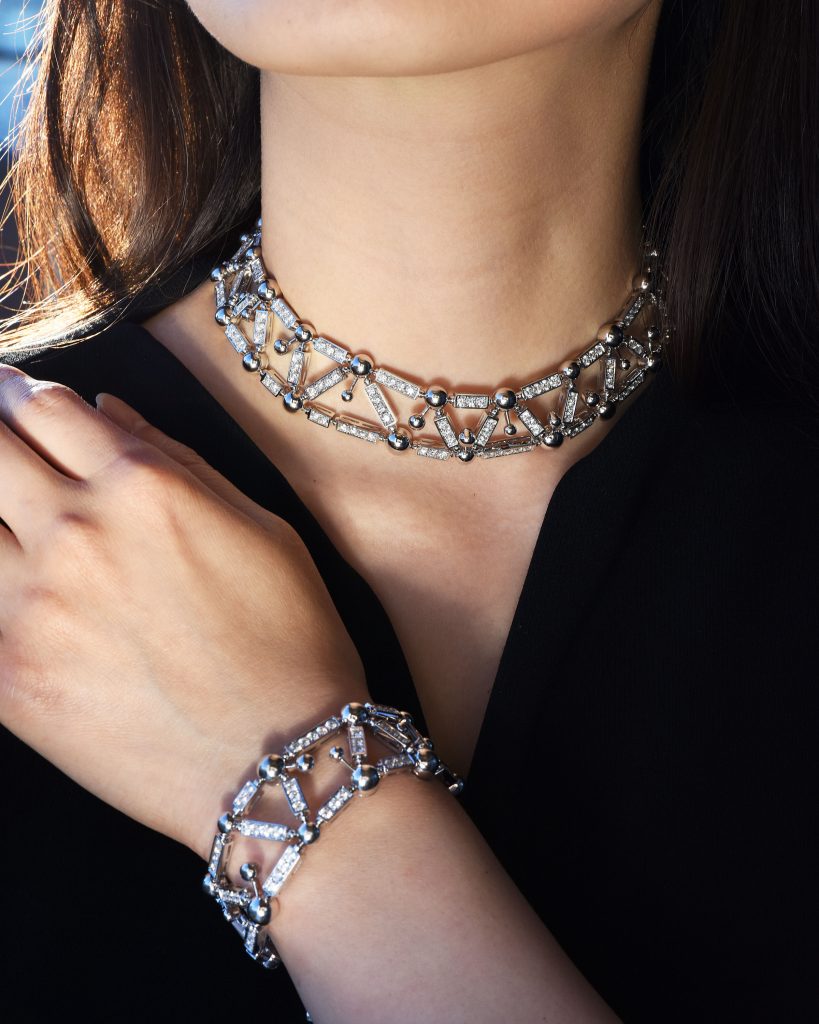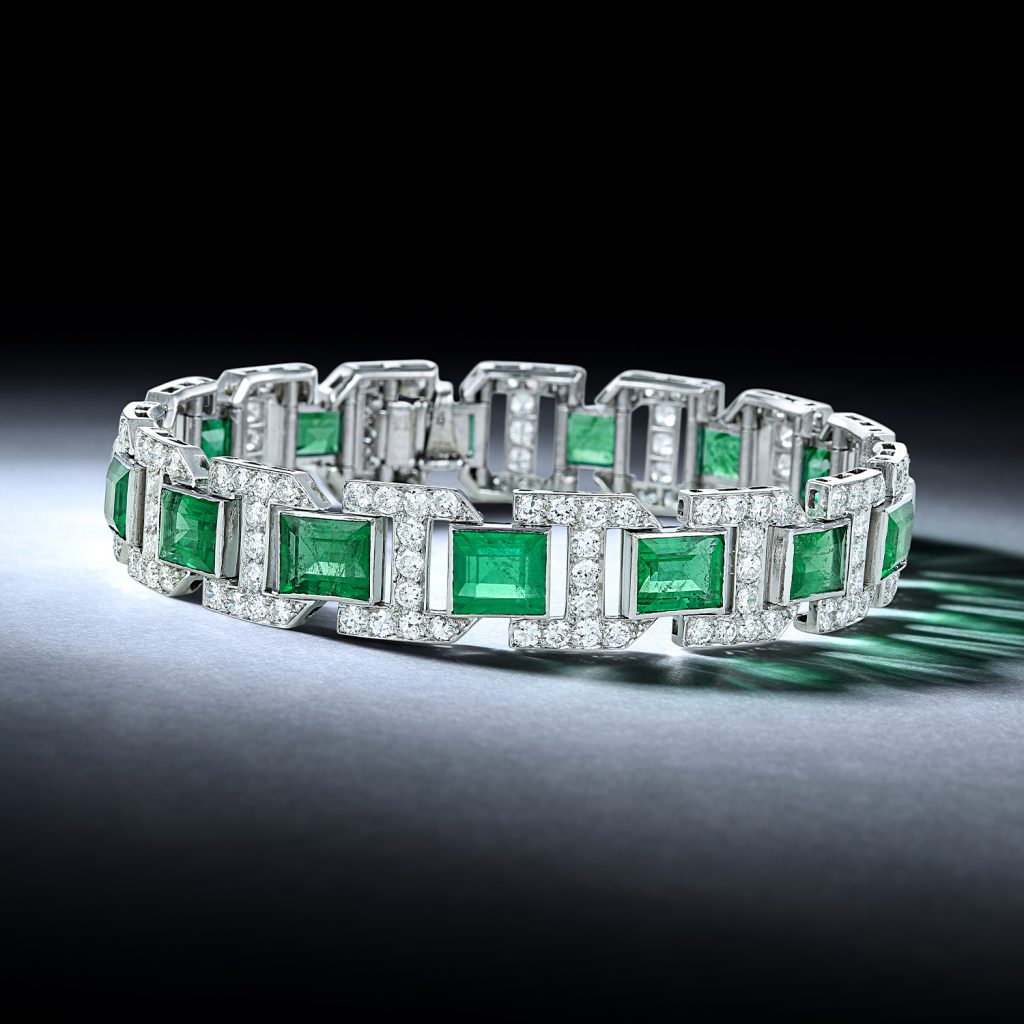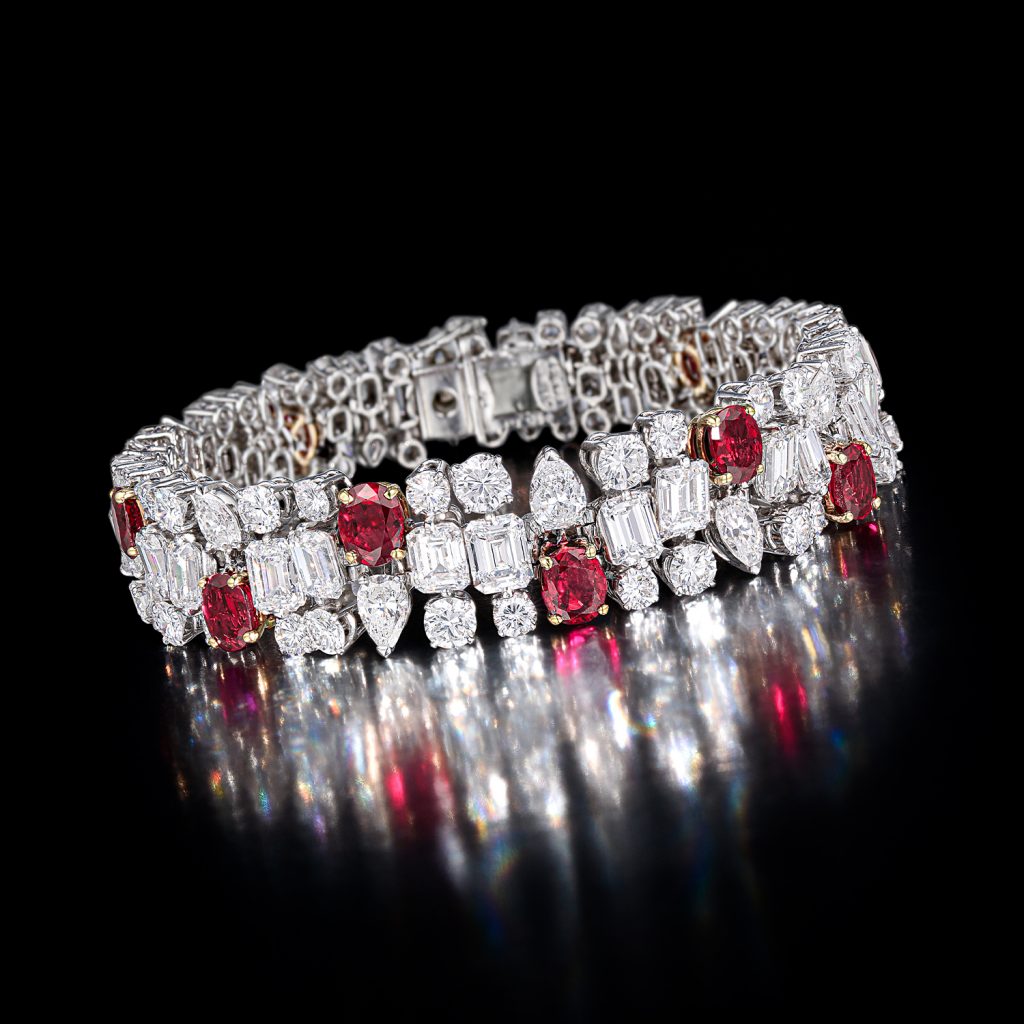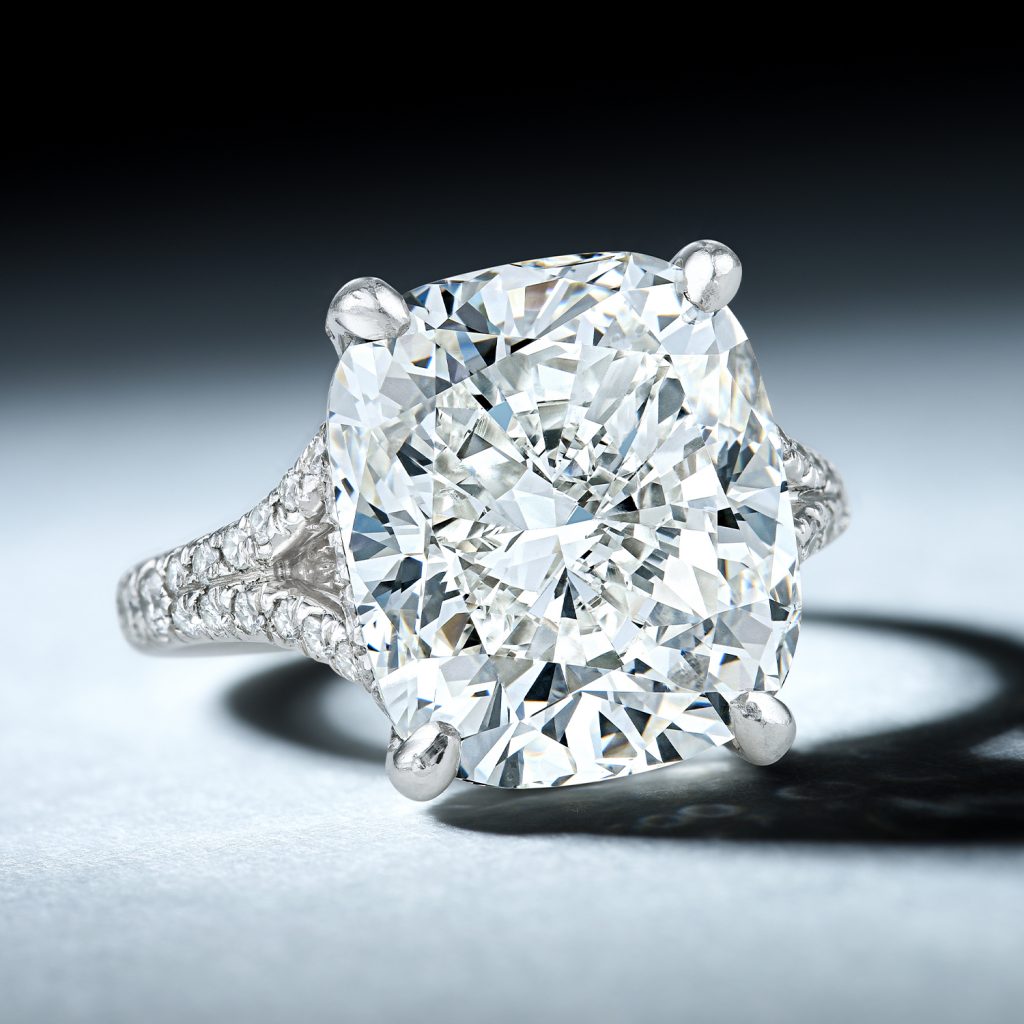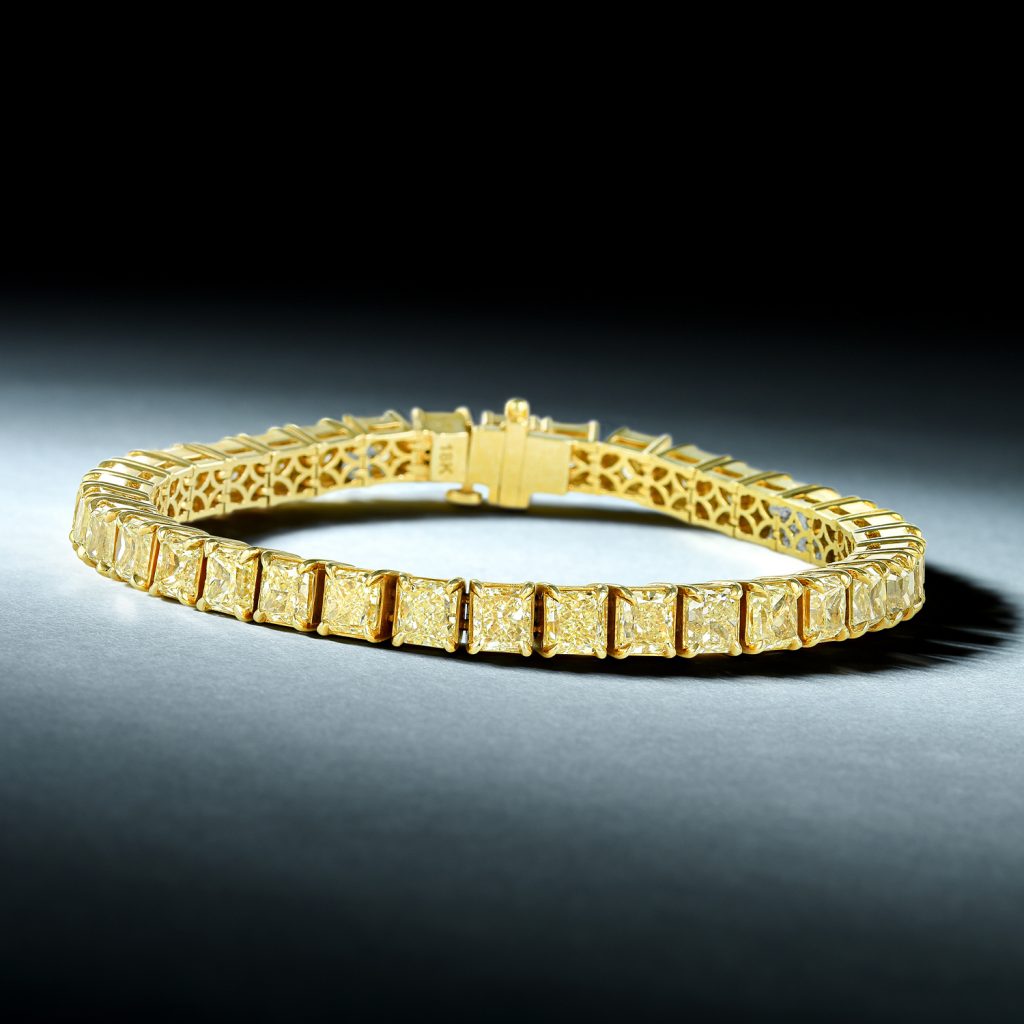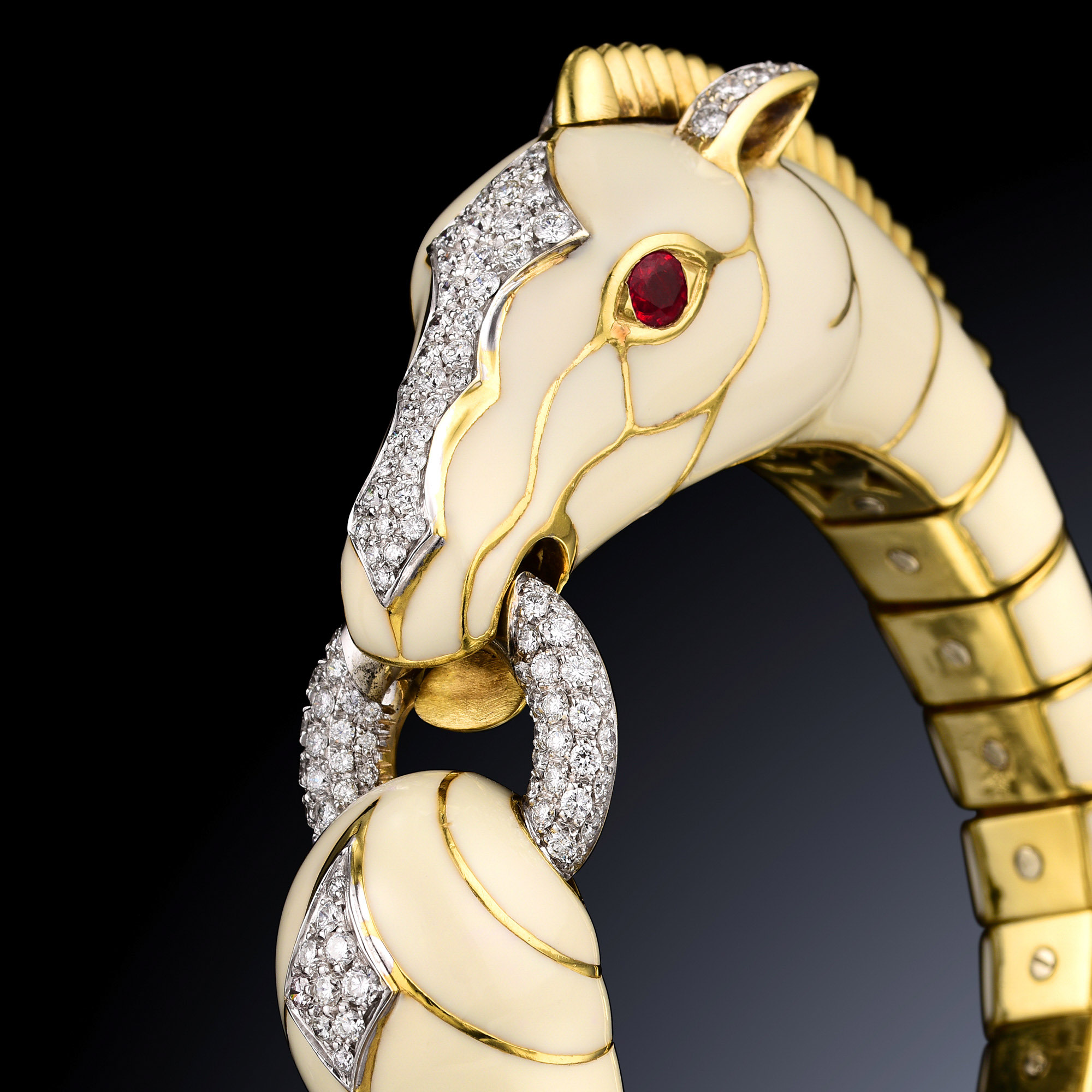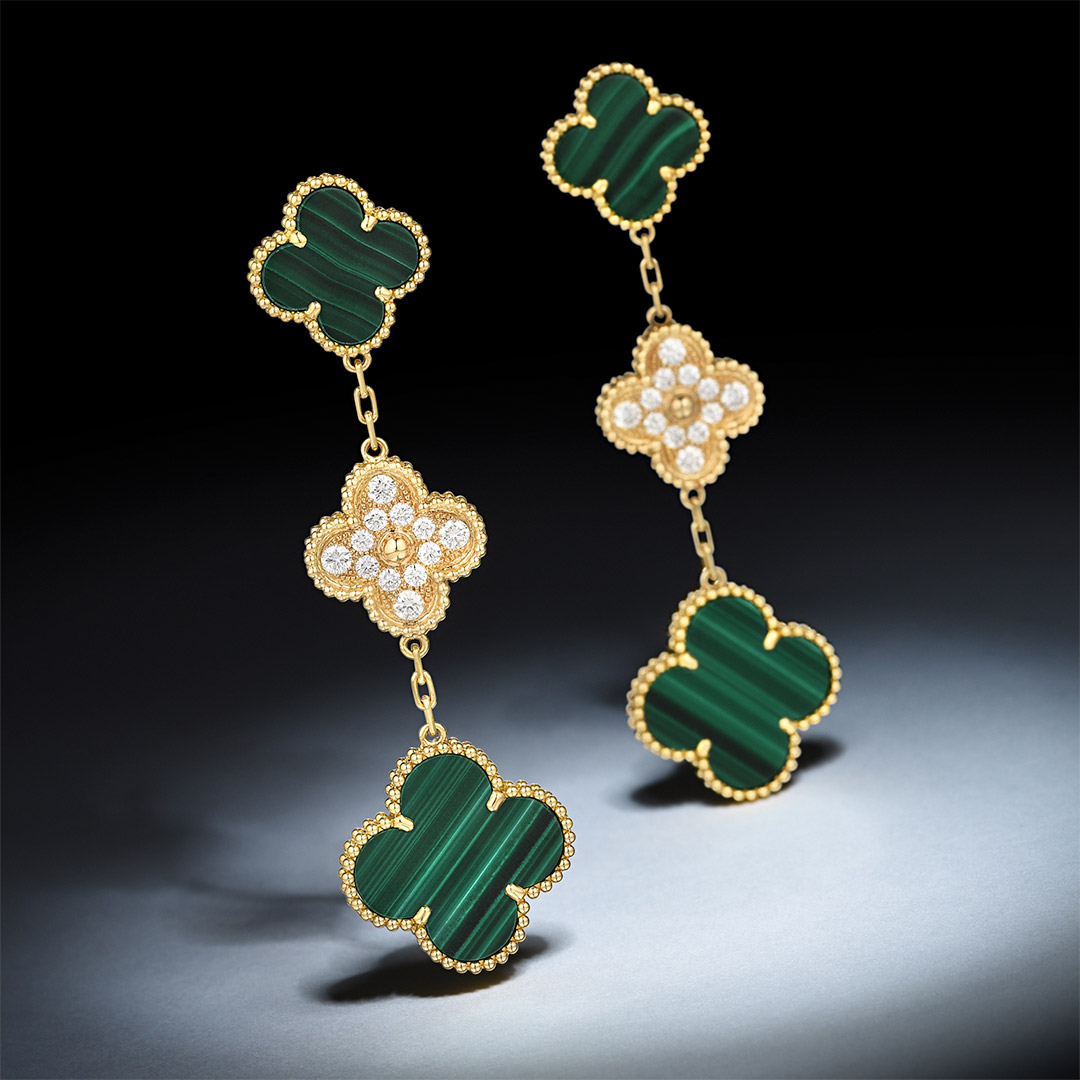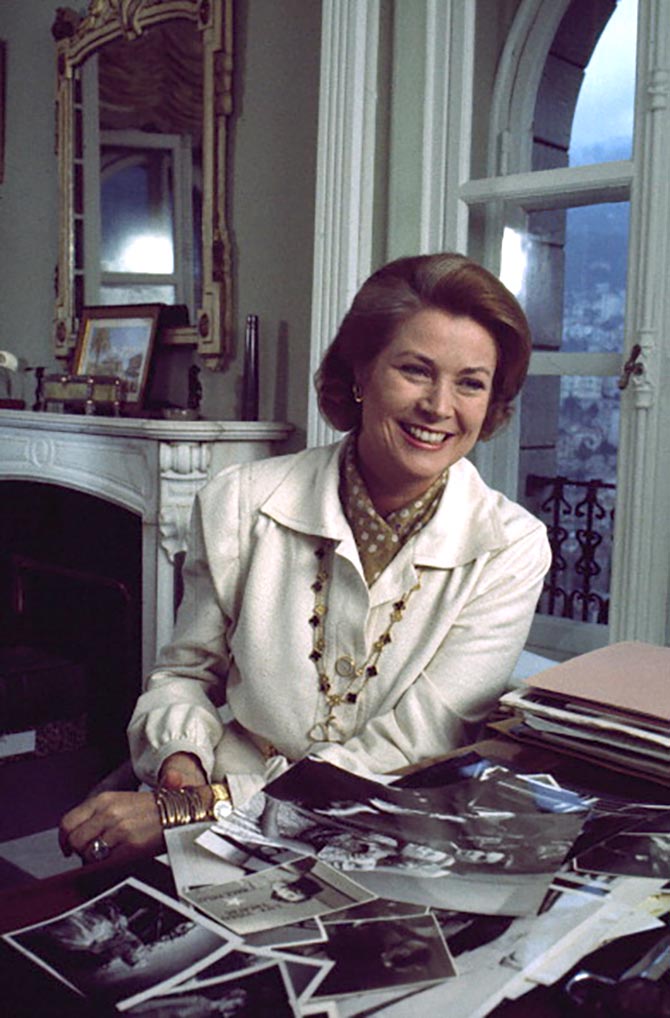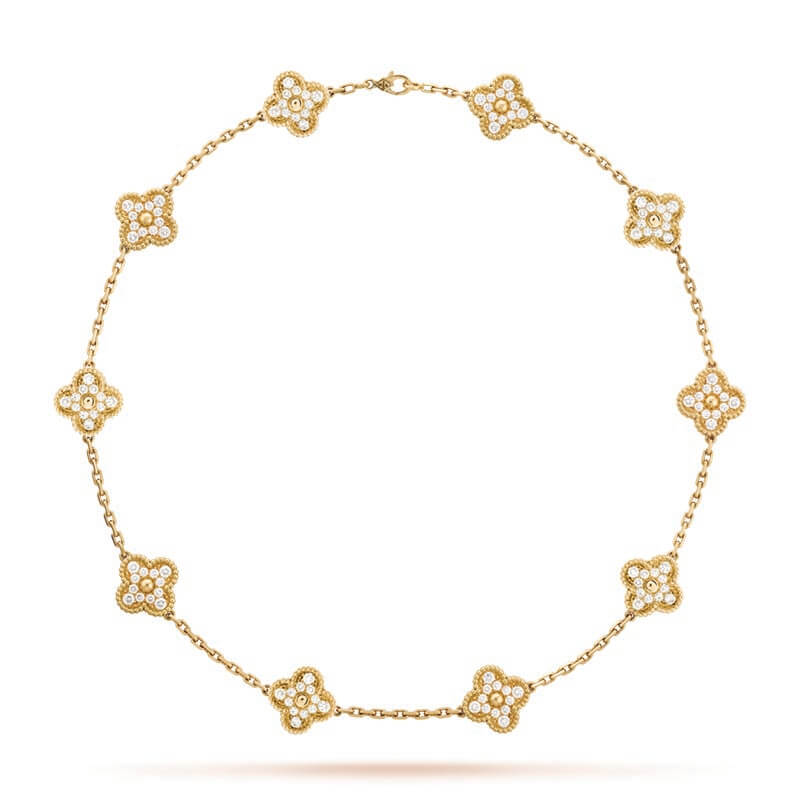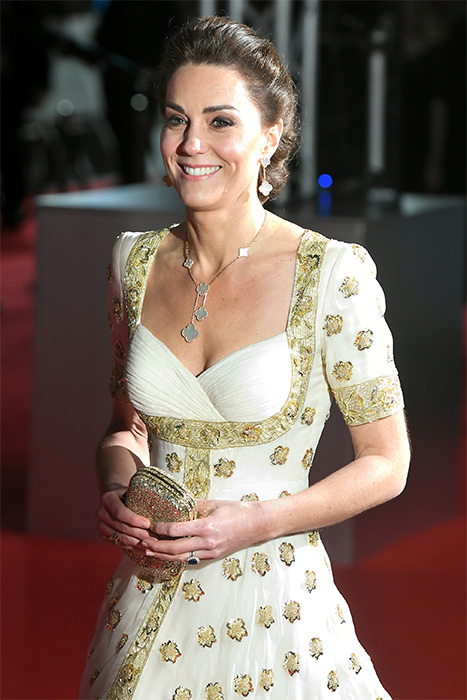Rubies have been appreciated by royalty in both Eastern and Western culture. Discover the alluring qualities of this rare gemstone and some of Fortuna’s favorite ruby jewels offered in past auctions.
Fortuna is excited to delve deeper into the history and lore of July’s birthstone, the magnificent ruby. Because of the deep blood-like color, the precious gemstone has been thought to hold the power of life in ancient cultures. The stone was believed to protect the lands of kings and noblemen in ancient India, and has long been perceived as a symbol of royalty in medieval Europe. In fact, the literal translation of “ruby” in Sanskrit is the “king of gemstones.” The deep red tint of the ruby has naturally also come to symbolize love and passion and has become the gemstone of choice in romantic gifts.
Rubies in Popular Culture
Rubies have such a long and rich history of being appreciated in both the East and West, it is no wonder that their influence stretches into cinema and popular culture. One of our favorite examples would be the iconic ruby red slippers worn by Dorothy in the “Wizard of Oz.” While the original ruby slipper were actually made of felt, glue, and stones more suitable to crafting, for the 50th anniversary of the film, Harry Winston jewelers created a real-life pair of the iconic slippers—using 50 carats of diamonds and nearly 1,400 carats of rubies. And thus, the famed American jewelry house created the most expensive pair of shoes in the world. The slippers, which were meticulously set with 4,600 beautiful ruby stones, is valued at $3 million.
Rubies have also made their way into your favorite rom-coms. In the 1990 film “Pretty Woman,” Richard Gere gifts Julia Roberts with an accessory as red as her hair. The wealthy tycoon presents her with a custom ruby necklace set with 23 pear-cut rubies. And unlike most movie props, the necklace was actually real—custom made by French jeweler, Fred Joaillier. It consisted of 23 pear-shaped rubies accented by diamonds in the form of a heart. This scene was made all the more iconic by Gere’s snapping the box shut on Ms. Roberts’s fingers as she goes to put on the lavish accessory. You can relive the comedic moment below.
Our Favorite Ruby Jewels Seen At Auction
Fortuna has had the pleasure of offering some of the most stunning ruby jewels at auction. Our specialists have come across fine rubies that have adorned jewelry by the renowned makers of our time to jewels dating back to the Victorian and Art Deco style eras. It was a true delight to recollect some of the finest ruby jewels our specialists have set their eyes on.
ROCK CRYSTAL CONVERTIVLE CUFF BROOCH, ATTRIBUTED TO SUZANNE BELPERRON
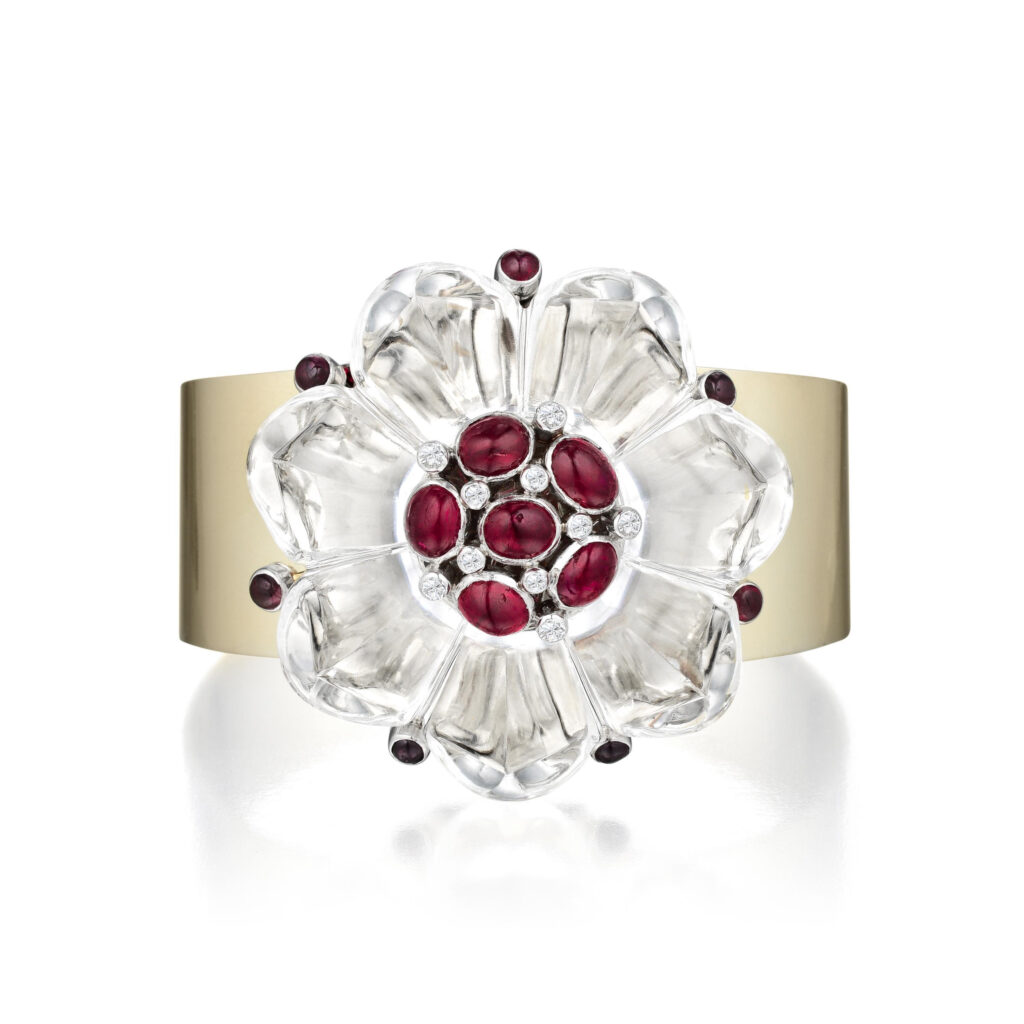
When auctioning the estate of legendary New York heiress and socialite, Bo Legendre, our jewelry team faced the daunting task of pricing her vast collection of jewelry. Our top jewelry specialists knew a select group of pieces had to be the work of the master jeweler of the early 20th century, Suzanne Belperron. Belperron believed her style to be her signature, and while she was right, it made it extremely difficult to authenticate her works. Through vigorous research, our specialists were able to identify and acquire certificates of authenticity for five of the pieces in her collection and attestations from famed Belperron expert, Mr. Olivier Baroin for the rest.
Like many of Belperron’s creations, this rock crystal convertible cuff and flower brooch was truly ahead of its time and unlike any of the popular Art Deco jewels of the age. The brooch is set in platinum, displaying beautiful cabochon rubies weighing a total of approximately 5.90 carats, and round brilliant-cut diamonds weighing a total of approximately 0.20 carat, with I-J color and VS clarity. The unique design can be worn as a brooch fastened by double pin-stems or attached to an 18K white gold cuff. This wondrous piece was offered for $10,000; but with Belperron’s name attributed to the design, the lot ended up achieving $78,125 at auction.
A 2.34-CARAT UNHEATED BURMESE RUBY AND DIAMOND RING
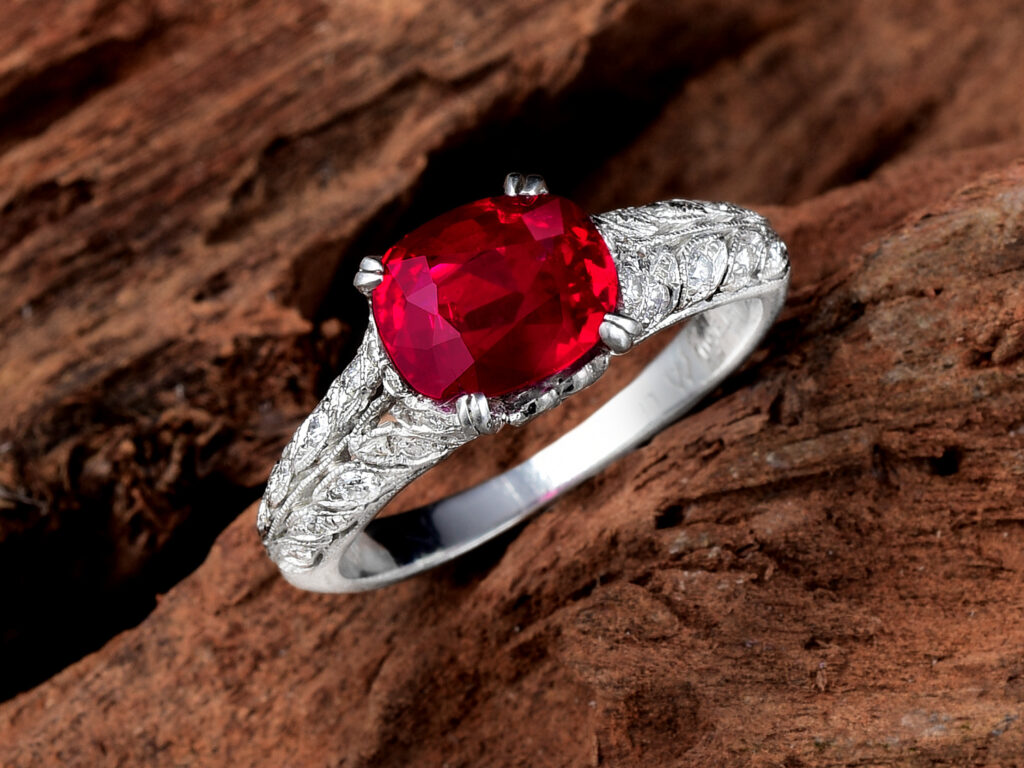
Featuring a very lively, unheated Burmese cushion-cut ruby, this 2.34-Carat Ruby and Diamond Ring achieved more than double its starting bid at Fortuna’s 2017 Summer Fine Jewels sale. The ring comes in a platinum setting and is accented by round brilliant-cut diamonds, and is reminiscent of Jessica Simpson’s 2010 ruby and diamond engagement ring. Our in-house expert gemologists determined the ruby’s color to be “Pigeon’s Blood”—a rare characteristic among rubies that greatly enhances their value. The color is described as having a bright red hue with a small tint of purple that appears deep red when seen in light. This extraordinary color contributed in earning the ring $48,000 at auction.
VAN CLEEF & ARPELS “COUSCOUS” RUBY AND DIAMOND BRACELET
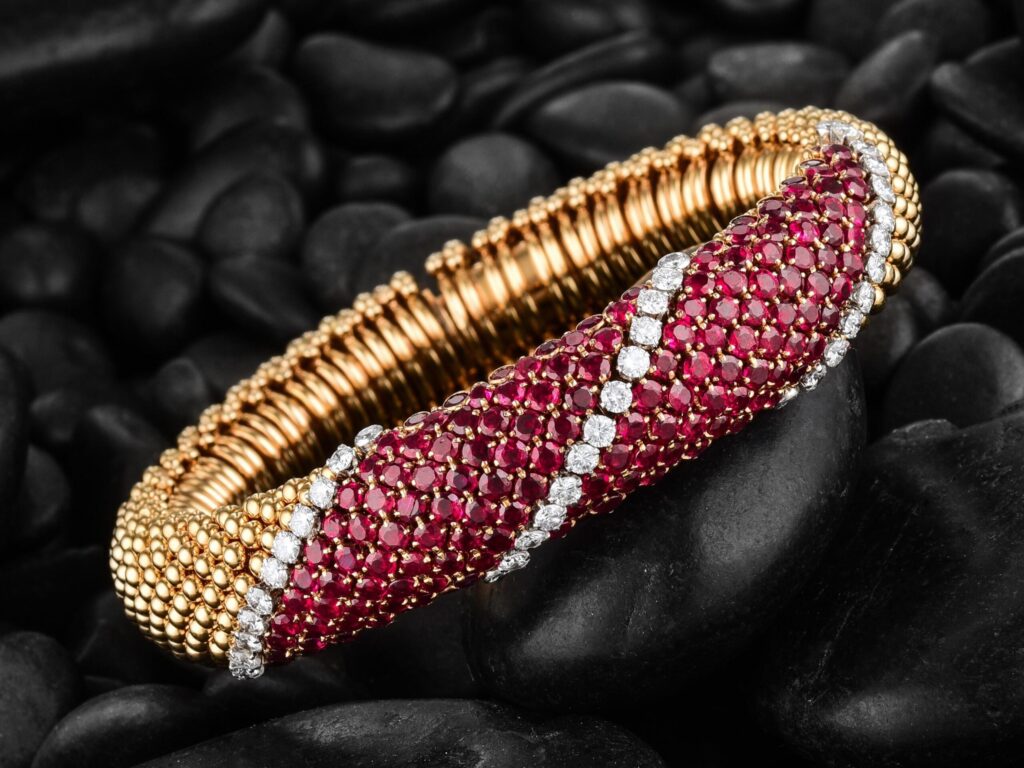
The french jewelery maison, Van Cleef & Arpels, has long been acclaimed for its elegant designs and use of quality gemstones. In fact, in 2019 the jewelry house released their “Treasures of Rubies Collection,” which featured 3,000 carats worth of rubies set into 60 unique pieces. This Van Cleef & Arpels “Couscous” Ruby and Diamond Bracelet is no exception to the brand’s dedication in creating only the finest ruby jewelry. Their jewelers choose only the cleanest of stones—a truly difficult task due to the presence of chromium in rubies. While chromium gives rubies their beautiful hue, it also makes them prone to cracks. As a result, very few rubies are able to grow intact into larger sizes and form perfect gemstones. Van Cleef & Arpels selects only the finest natural rubies possible, all of which are unheated and well-cut stones. Crafted in 18K gold, the bombe bracelet of polished gold boules is accented by 156 circular-cut rubies, weighing a total of approximately 8.00 carats—each ruby graced with a remarkable red. The rubies are flanked by three rows of round brilliant cut diamonds, creating a beautiful contrast. This eye-catching accessory had a starting bid of $15,000 at Fortuna’s February Fine Jewels sale in 2018 and ended up achieving $31,250 at auction.
CARTIER FINE BURMESE UNHEATED RUBY AND DIAMOND RING
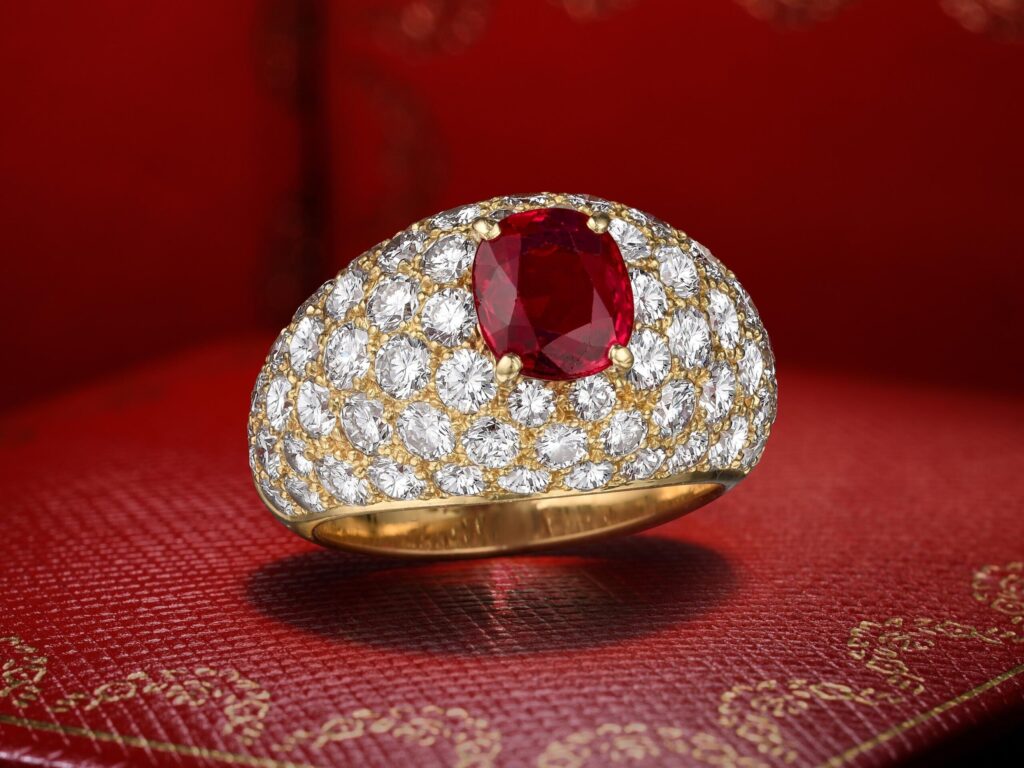
Some of the most famous rubies in the world were set into designs by the French jewelry maison, Cartier. In 1957, Elizabeth Taylor was filmed being gifted a suite of ruby Cartier jewels by her husband famed film producer, Mike Todd. The images of her glamorous lifestyle made waves everywhere as she had already been wearing a diamond tiara while swimming in the couple’s pool. Taylor wore the ruby jewelry many times throughout her life, to red carpet events and when meeting royalty. This Cartier Fine Burmese Unheated Ruby and Diamond ring holds the same glamour and show which would make it worthy of Elizabeth Taylor. Crafted in 18K gold and featuring a 1.63-carats cushion-shaped Burmese unheated ruby, this spectacular cocktail ring is covered with round brilliant-cut diamonds of E-F color and VS clarity. This magnificent domed accessory achieved $27,500—more than triple its starting bid—from an excited phone bidder at our 2019 Magnificent Jewels sale.
ART DECO 6.36-CARAT UNHEATED BURMESE RUBY AND DIAMOND PLATINUM BROOCH
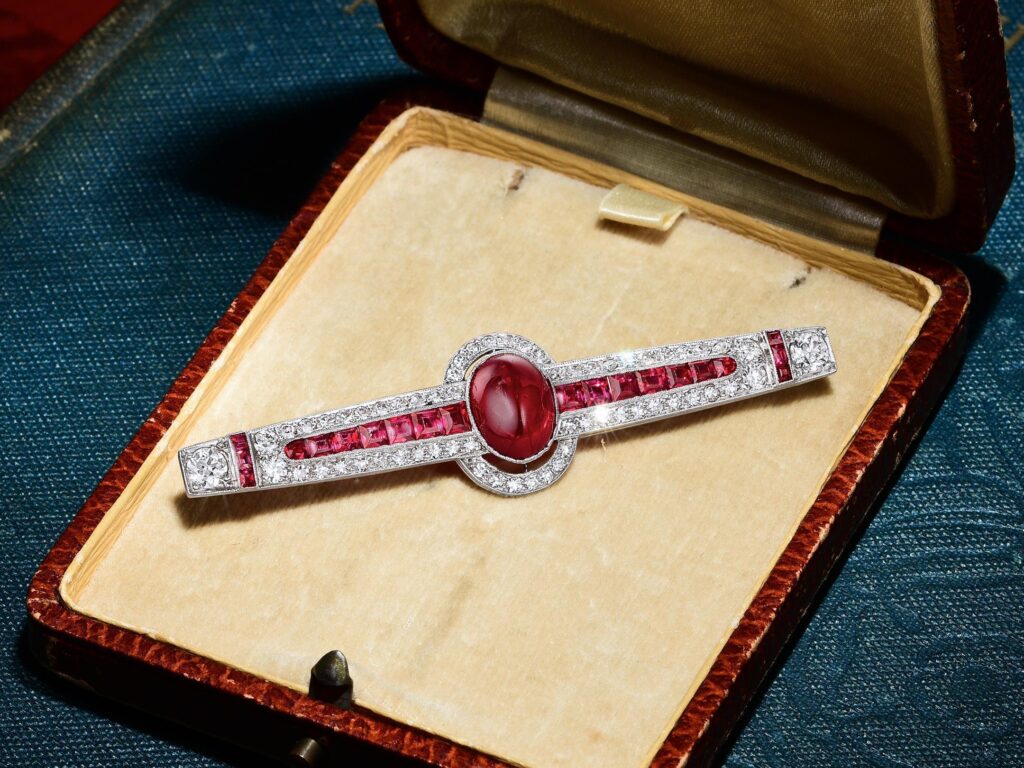
This antique 6.36-Carat Unheated Burmese Ruby and Diamond Platinum Brooch is quintessential Art Deco design and an excellent example of spectacular ruby gemstones. Crafted in platinum, as many Art Deco pieces often were, this unique brooch features an unheated Burmese ruby cabochon weighing an impressive 6.36 carats. It is difficult to find a large ruby of such a natural pure red hue. This deep red is augmented all the more by accenting it with 60 old European-cut diamonds of F-G color and VS clarity. This contrast in colors and the geometric design is highly characteristic of the Art Deco period. Unsurprisingly, this fine piece of jewelry history achieved $25,000 at auction.
BULGARI BURMESE RUBY AND DIAMOND “TROMBINO” RING
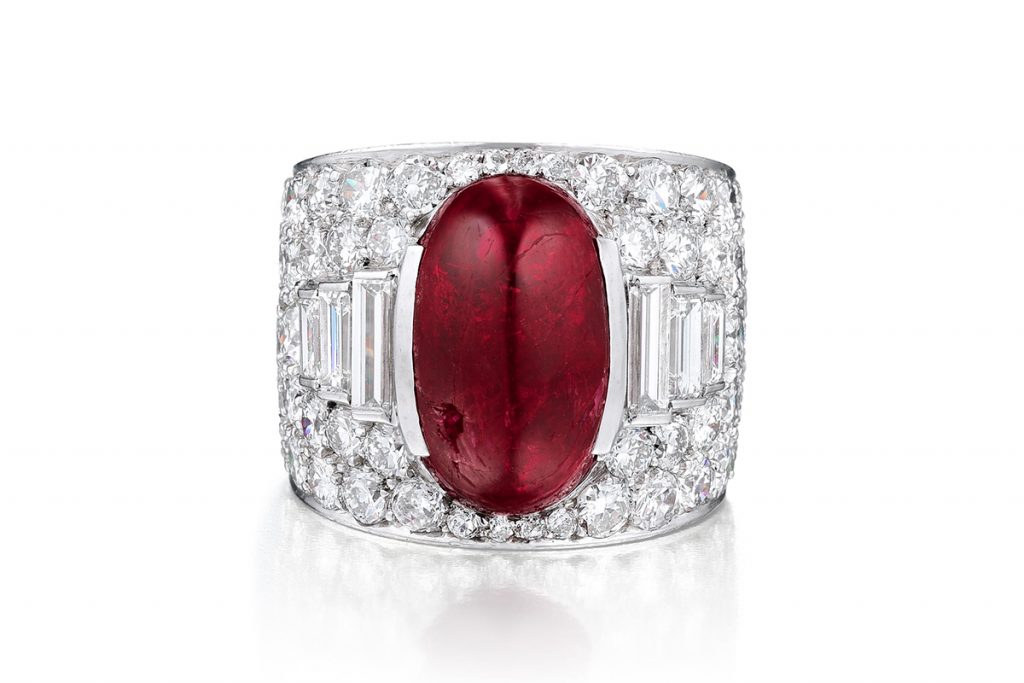
One of the largest rubies in the world is known as the Rajaratna Ruby. The ruby is a whopping 2,475 carats and currently resides in Bangalore, India. This impressive ruby first belonged to the Kings of Vijayanagar, a major South Indian empire between 1300 to 1600 AD, and dedicated this stone to the worship of the god Shiva. This impressive ruby, is cut as a cabochon, as were many of the King’s smaller rubies.
The tradition of cutting larger rubies as a cabochon remains today. This Bulgari cabochon unheated Burmese ruby weighs approximately 10.00 carats and is enhanced by stunning round brilliant and baguette-cut diamonds. The Trombino (translated as “little trumpet”) is one of Bulgari’s most time enduring designs. The Italian jewelry brand first introduced the design in the 1930s where it gained instant popularity. The design brought attention to the gemstone at the center and evoked a sense of royalty. It was instantly popular because it allowed the gemstone to stand proud. This Bulgari Burmese Ruby and Diamond “Trombino” Ring evokes that same regal quality as Bulgari’s first designs. This ring is made all the more worthy of nobility with the setting of one of the “king of gems.”
CARTIER RUBY AND DIAMOND RING
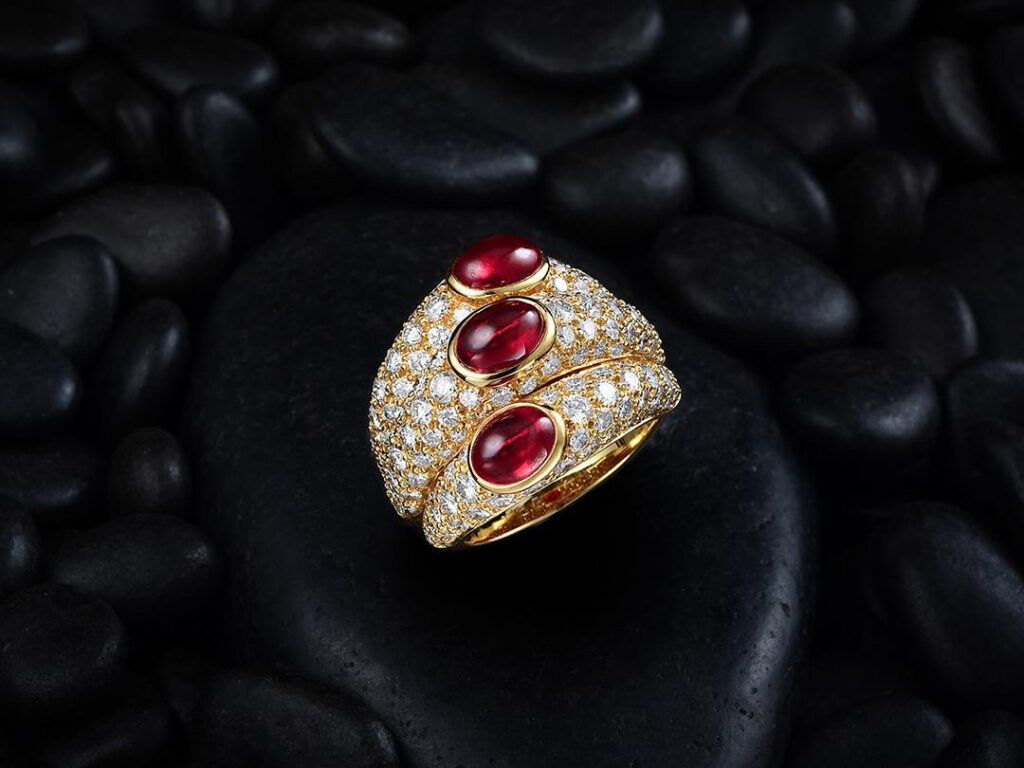
One would like to think that Cartier only selected rubies as deep a red as the red leather boxes they are gifted in; and that certainly seems to be the case for this Cartier Ruby and Diamond Ring. This beautiful three-row ring is triple the fun, with each row sitting whimsically atop one another, each featuring a fine oval-shaped ruby cabochon, set diagonally from each other. The rubies are surrounded by pavé-set round-cut diamonds, which further enhances the color of the rubies with its beautiful contrast. This unique piece of jewelry design achieved $22,500 at our September 2017 Fine Jewels sale.
Get a Free Valuation at Fortuna Auction
At Fortuna Auction, we want to be a resource for all who wish to learn more about watches and jewelry—replete with stylistic periods, history of craftsmanship and designers—as well as how to understand the real market value of these fine collectibles.
You can consult our jewelry experts for free, unbiased valuations, with no obligation to sell. And if you do decide to sell at auction, our team will market your item to millions of competing bidders located in more than 50 countries. If you’re interested in buying or selling at one of Fortuna’s upcoming auctions, feel free to contact our office today.

